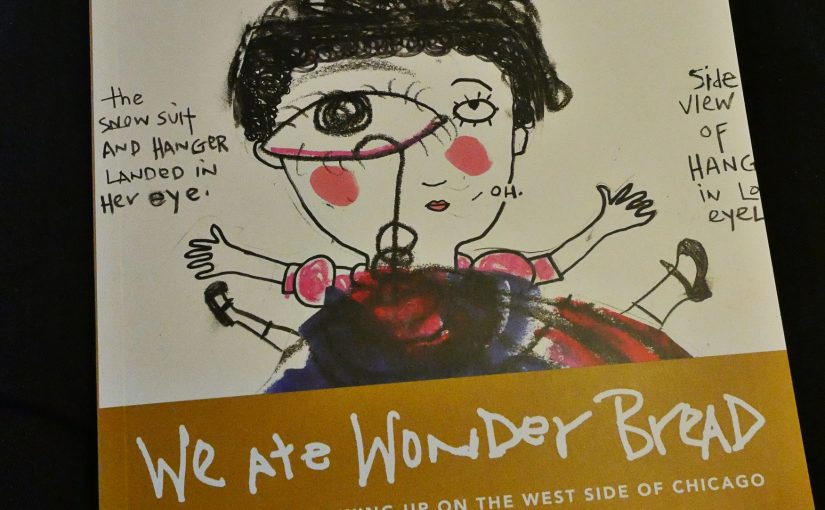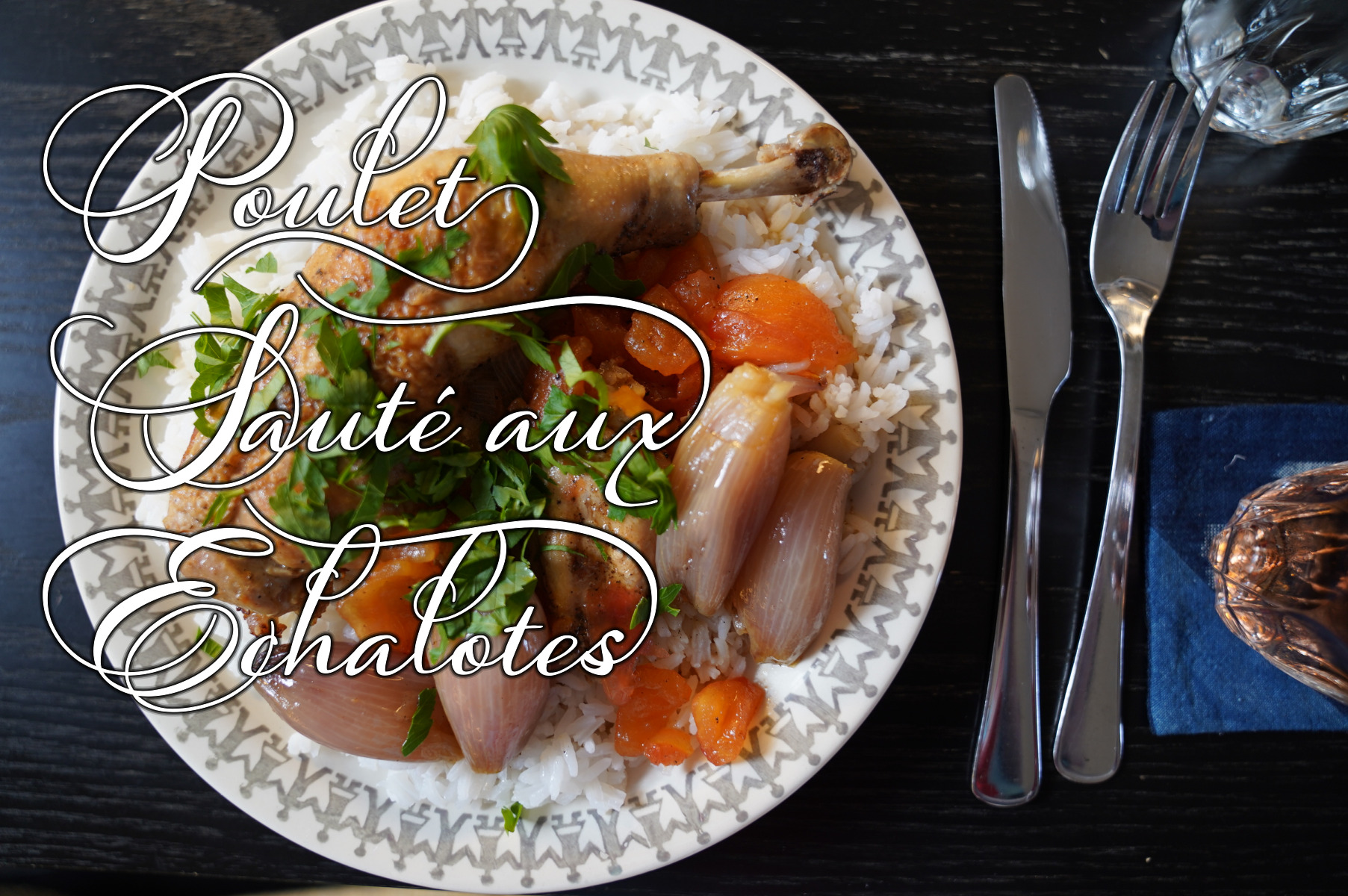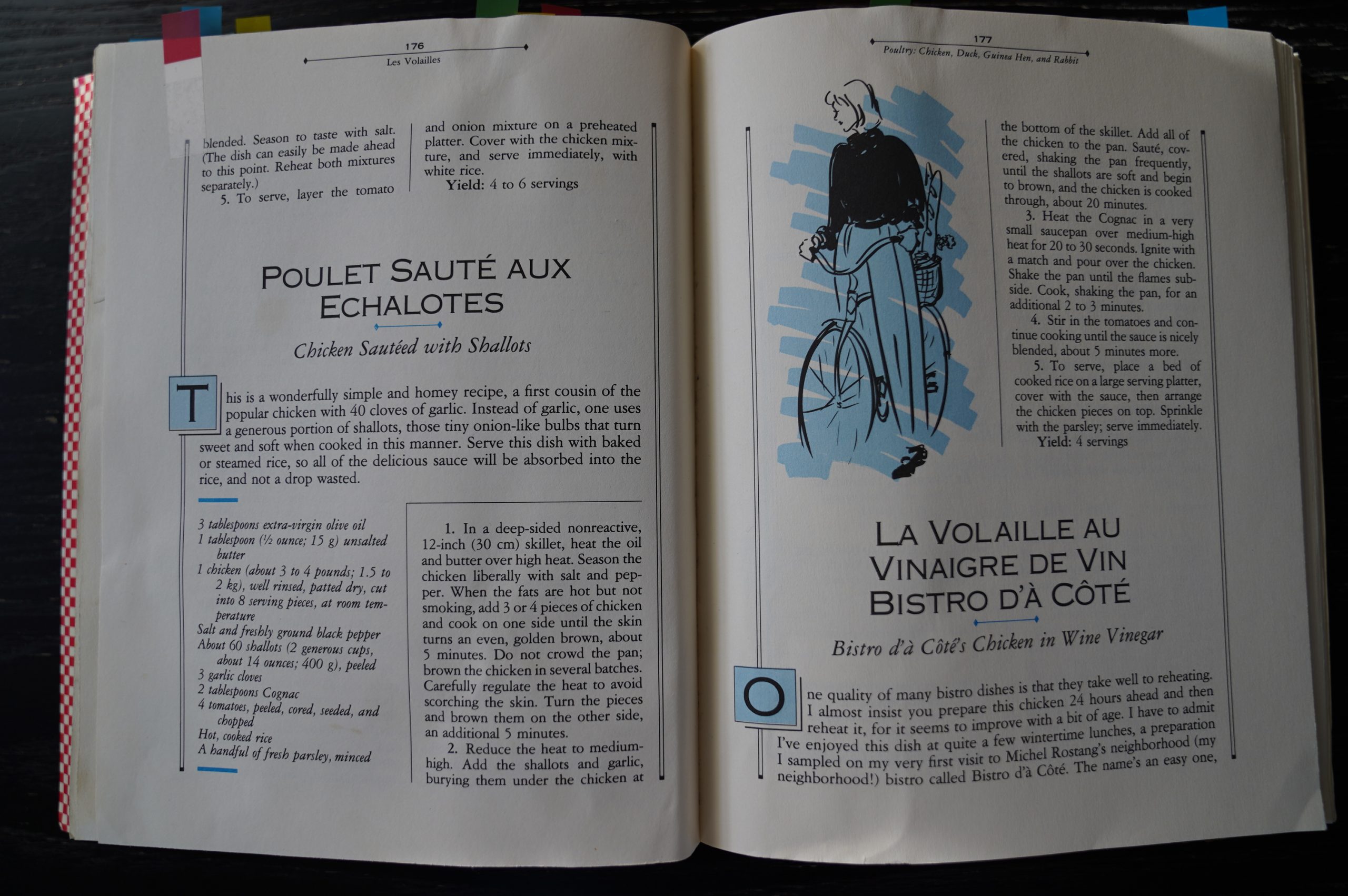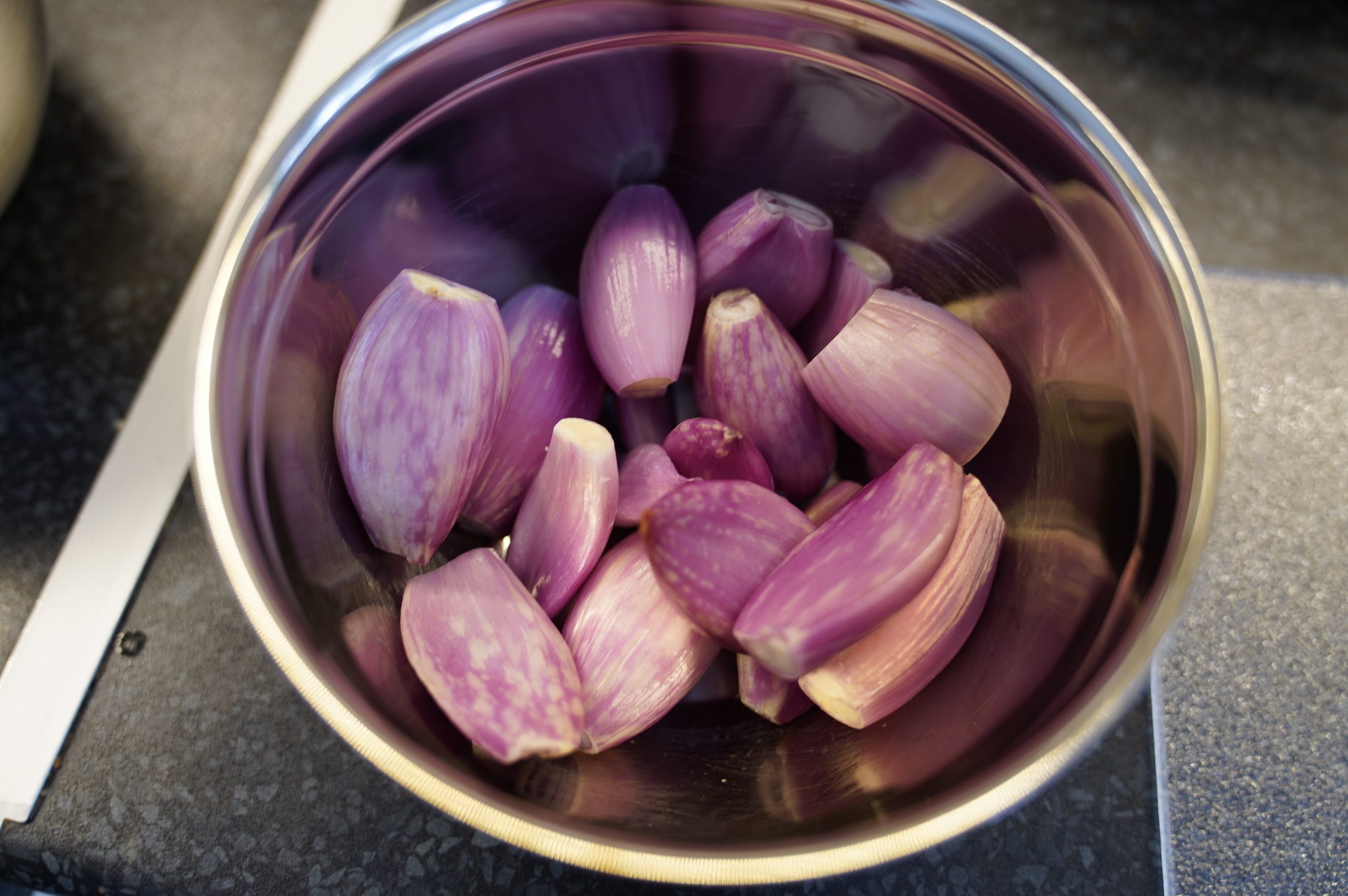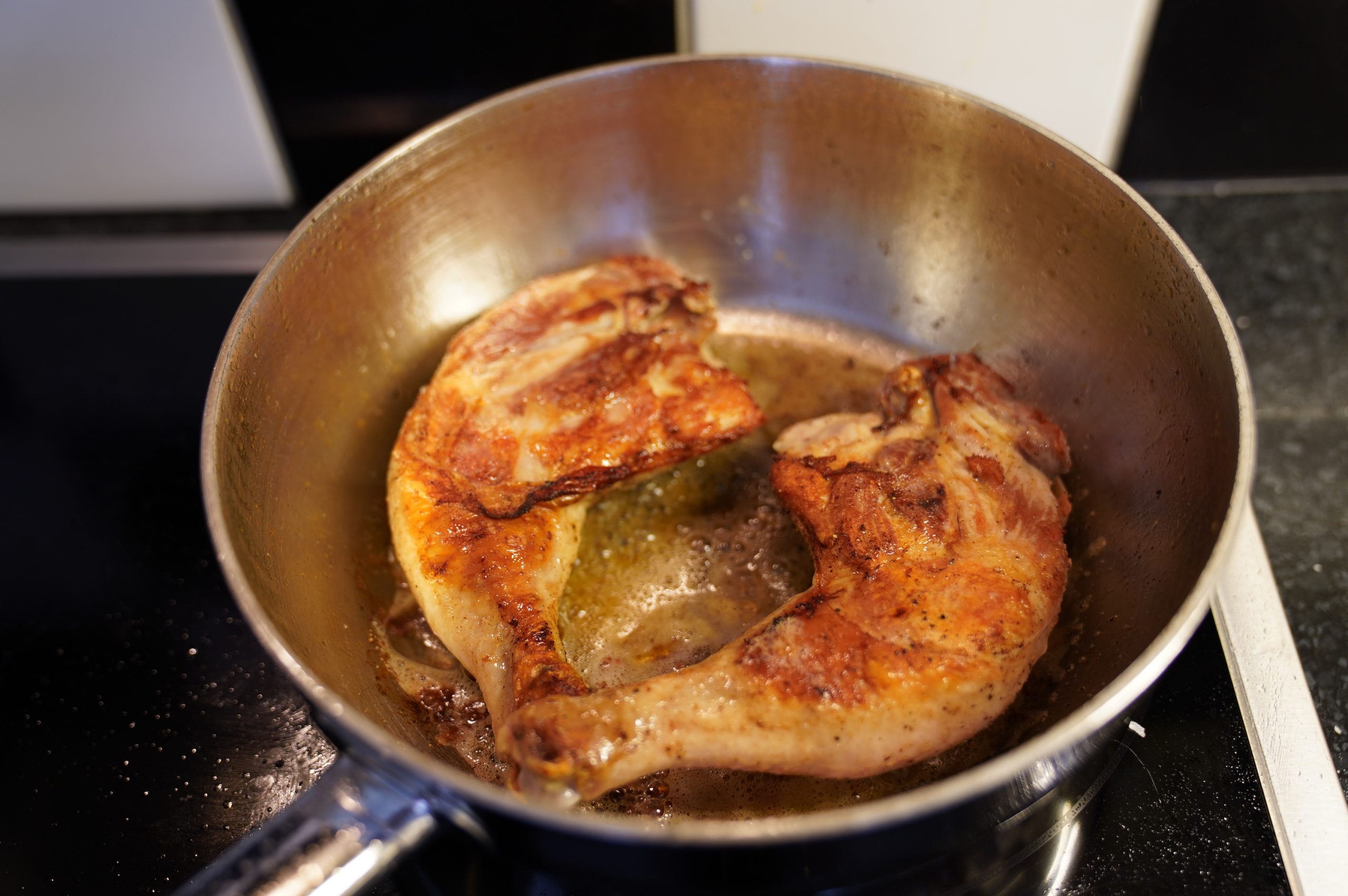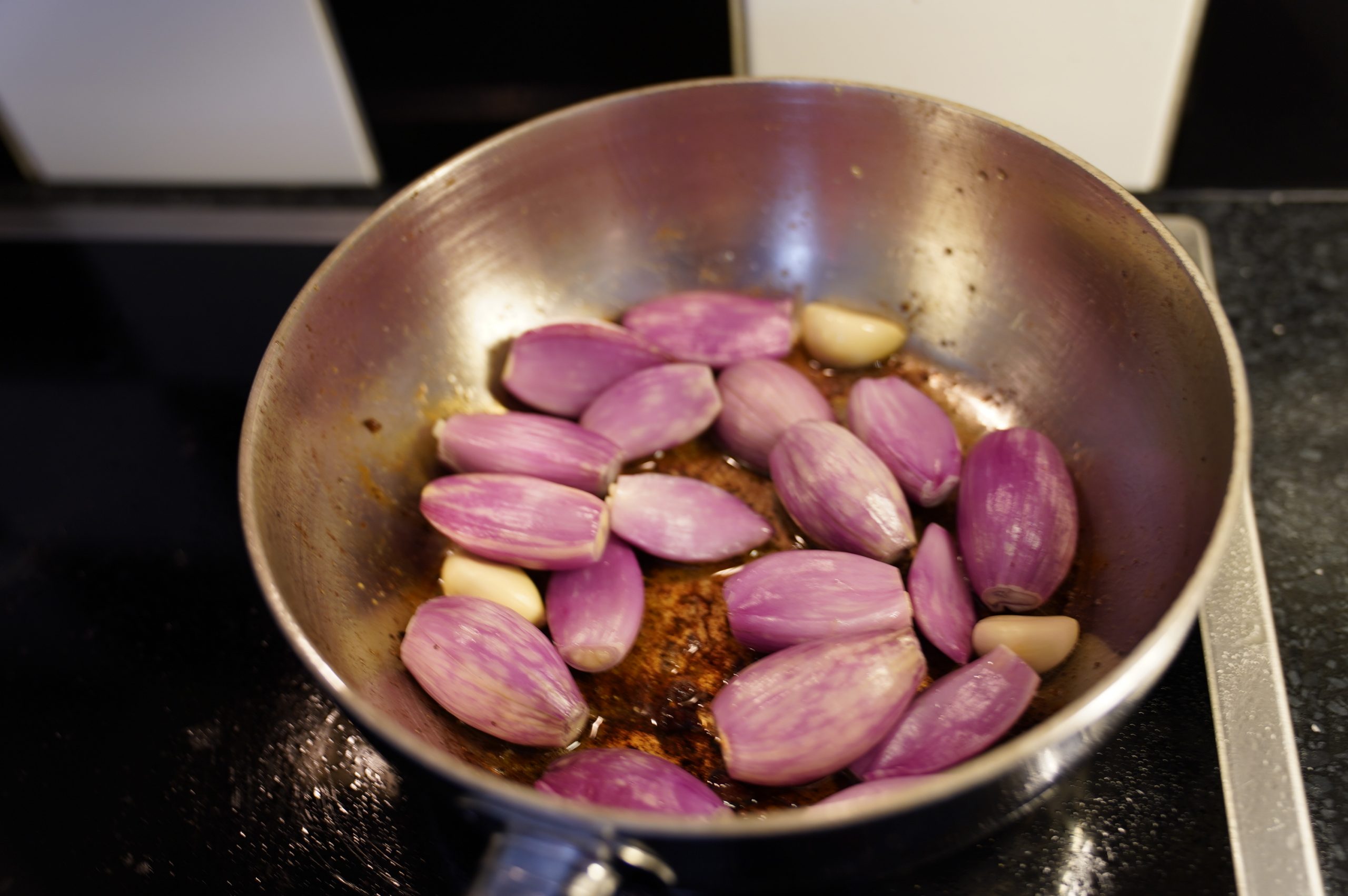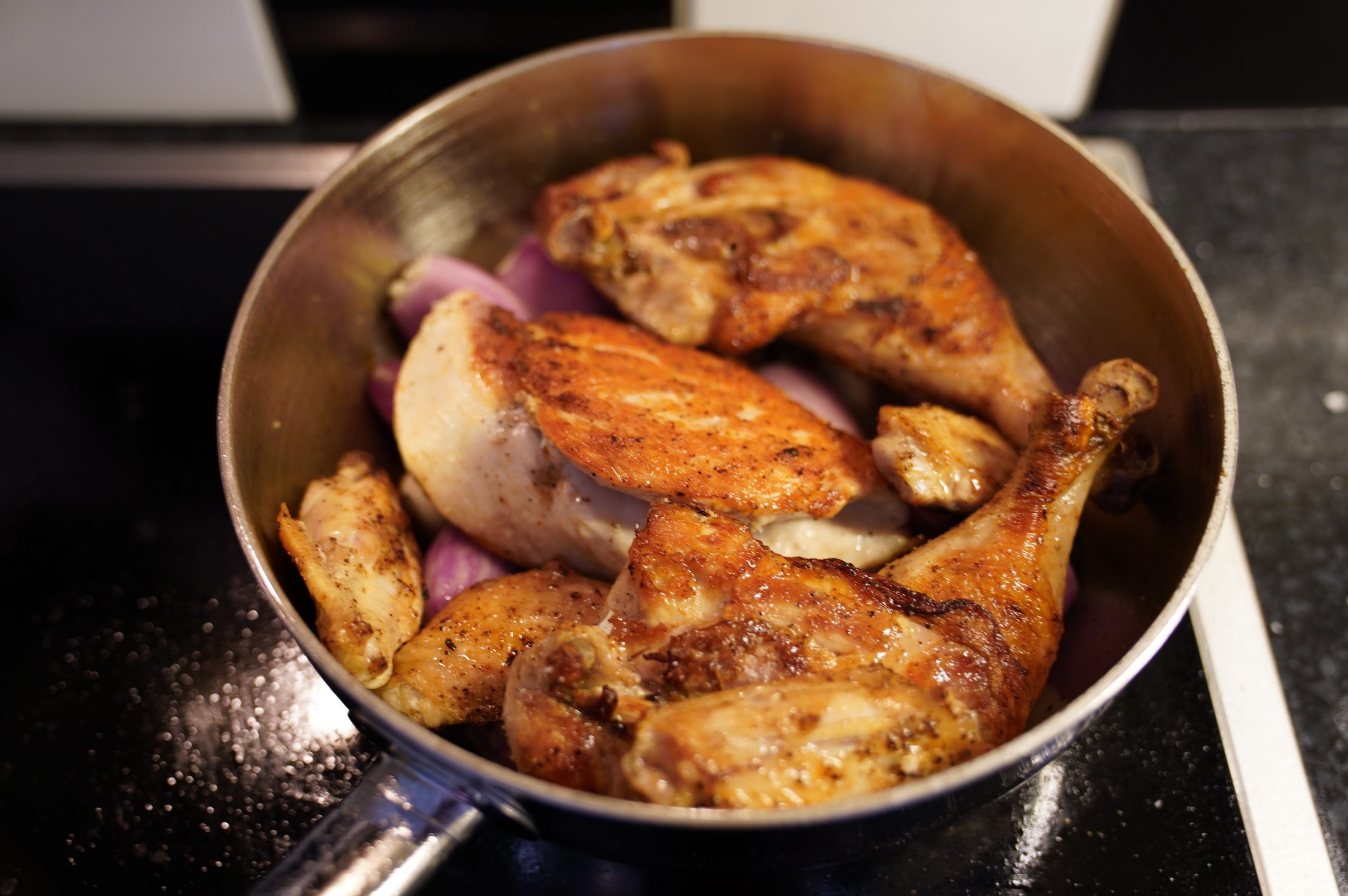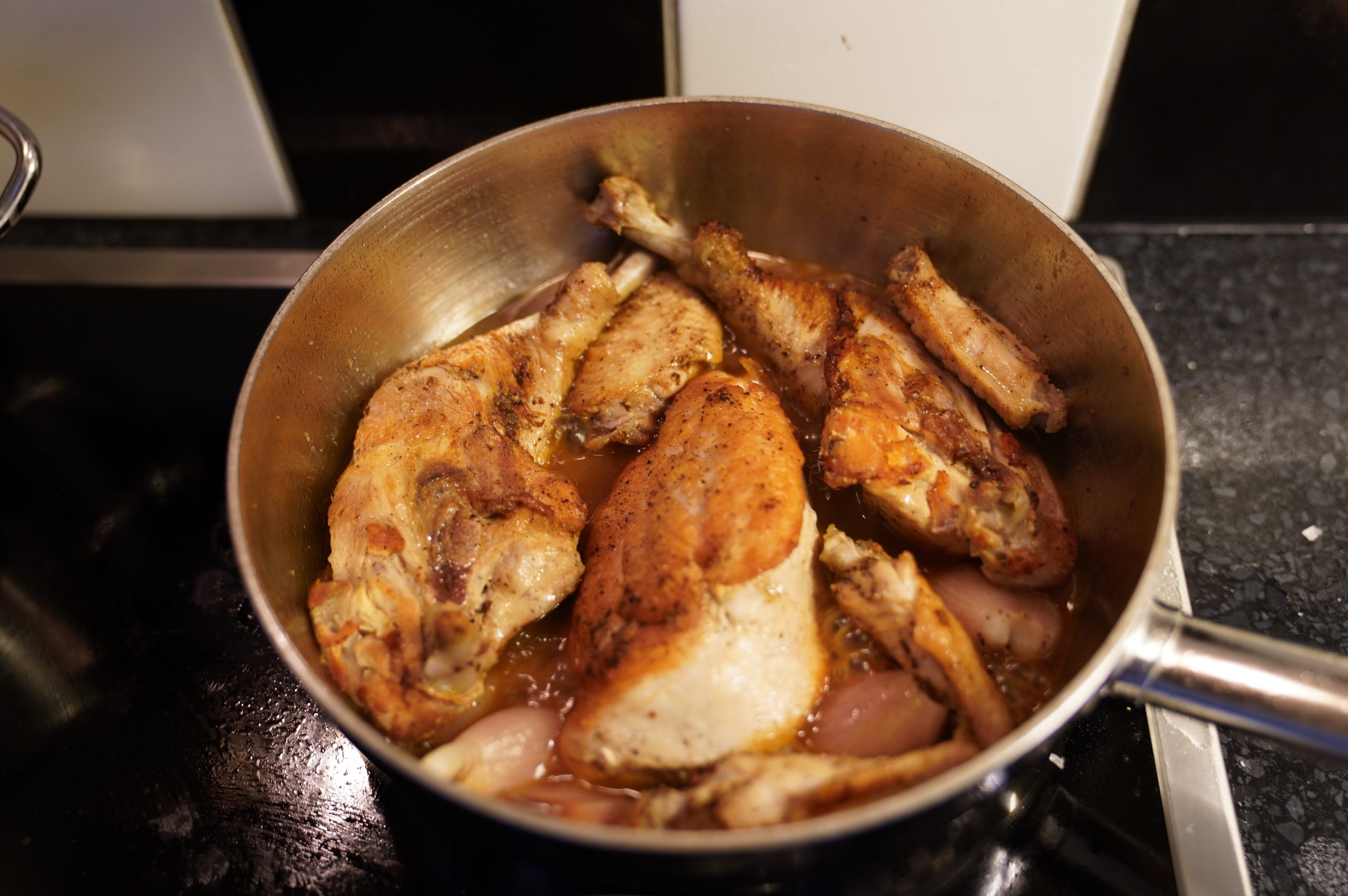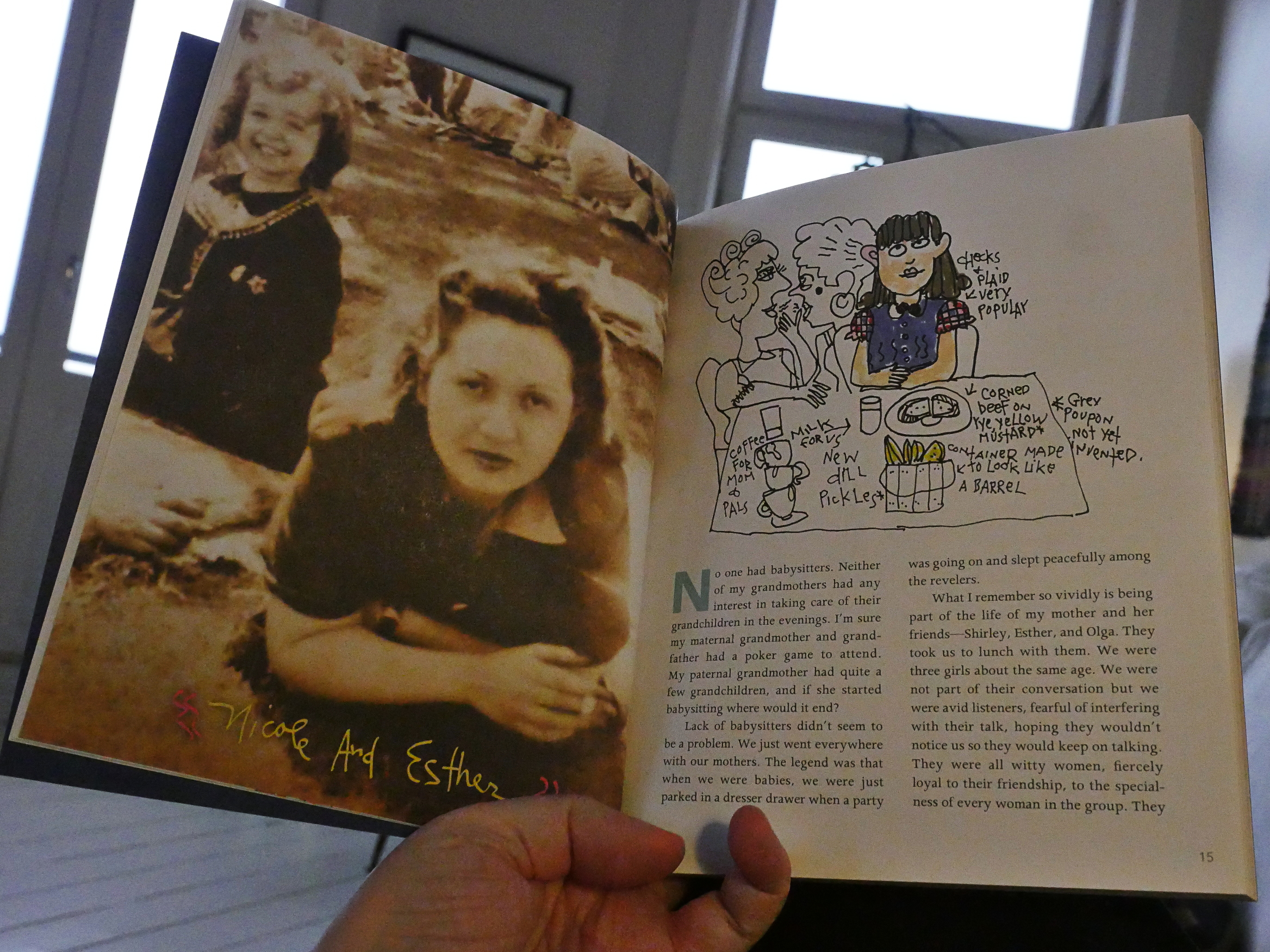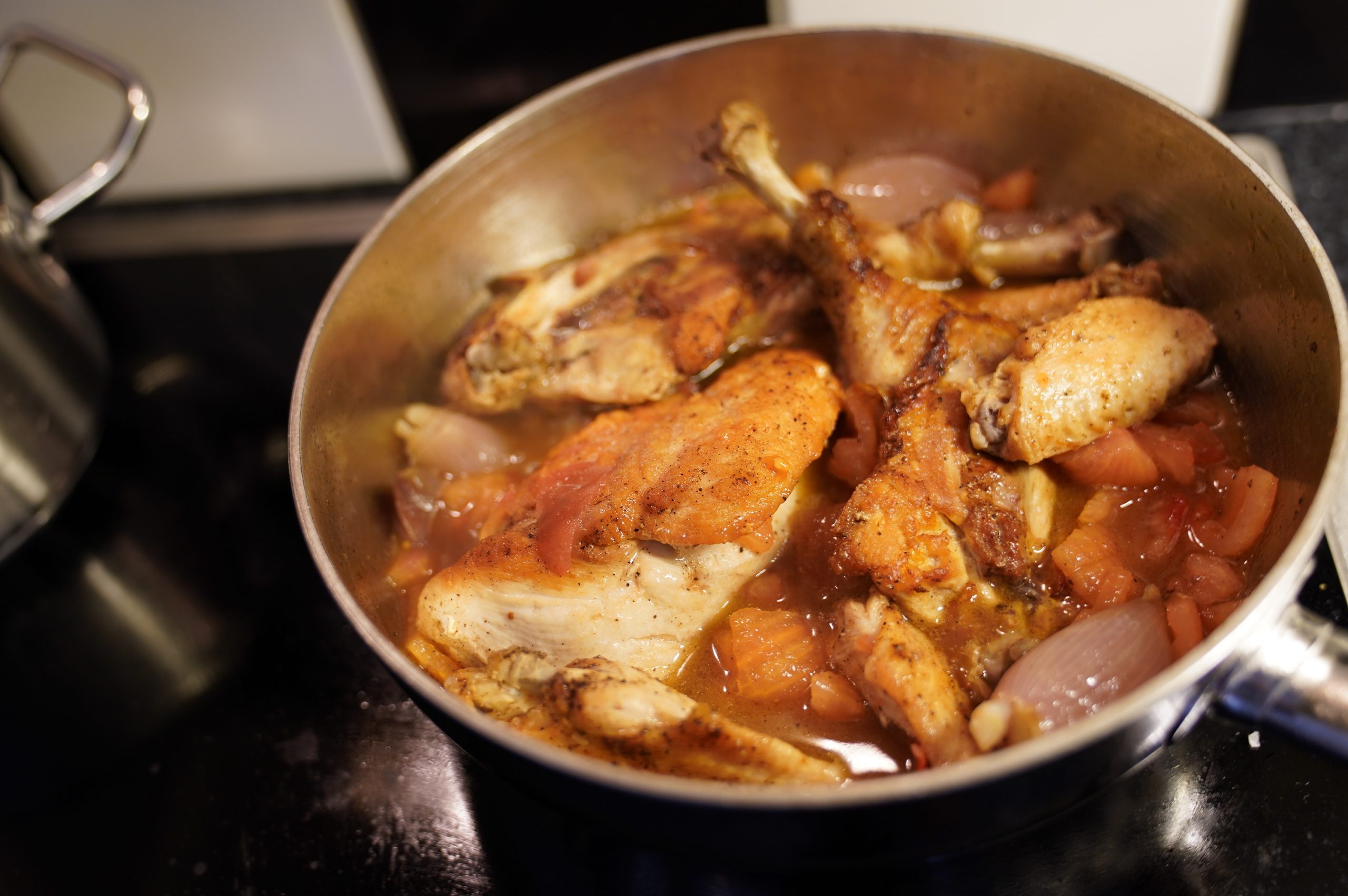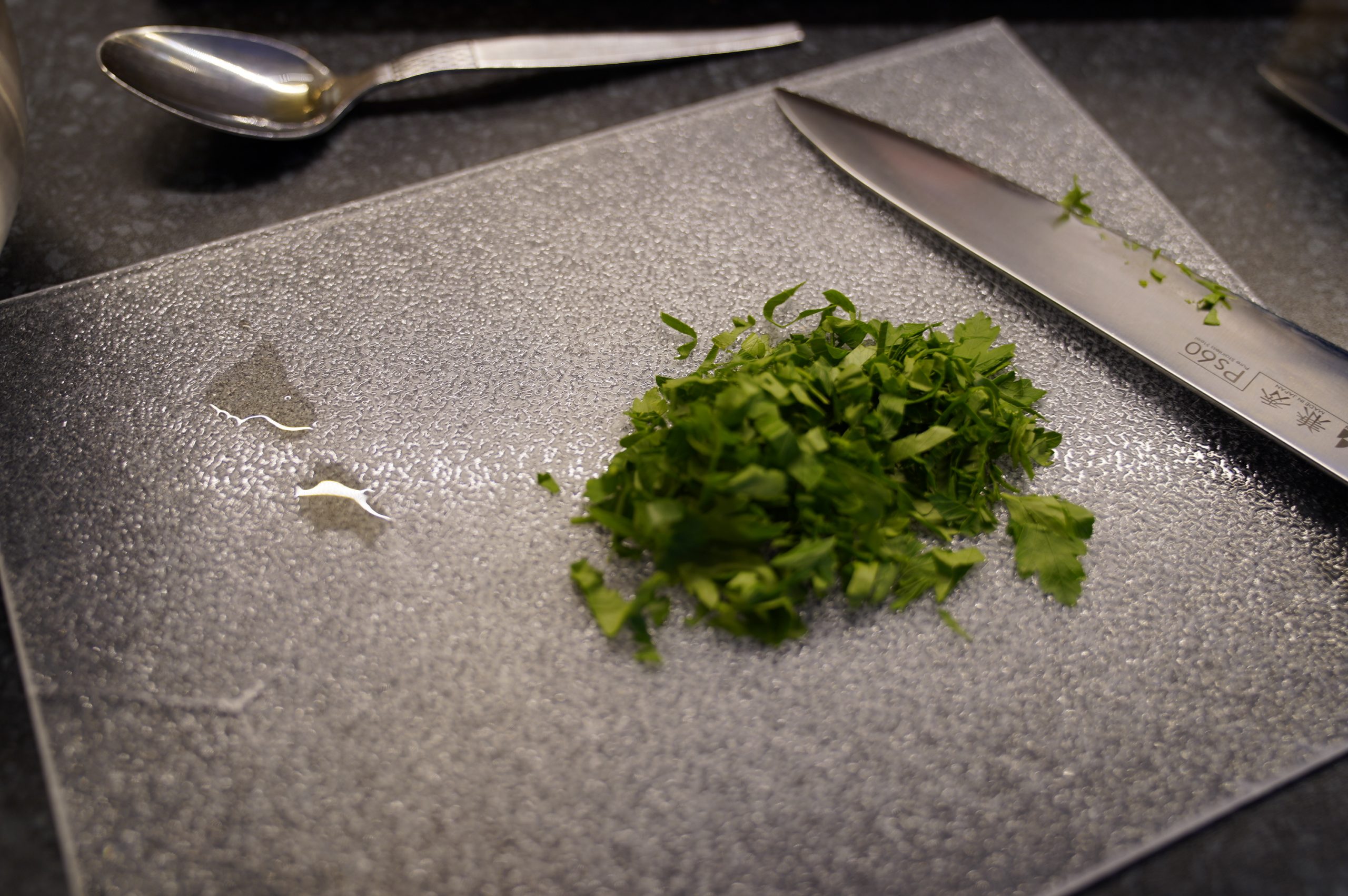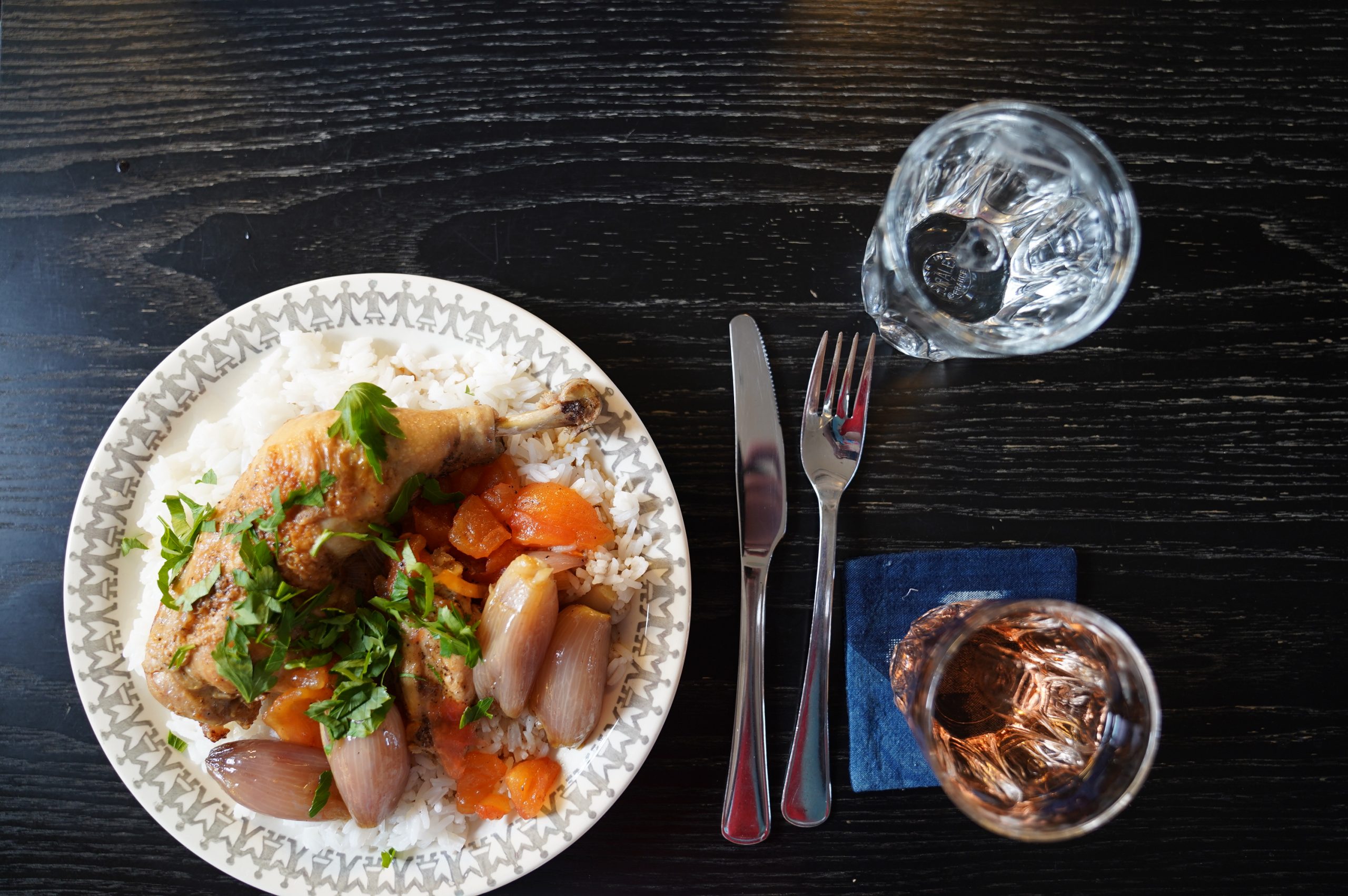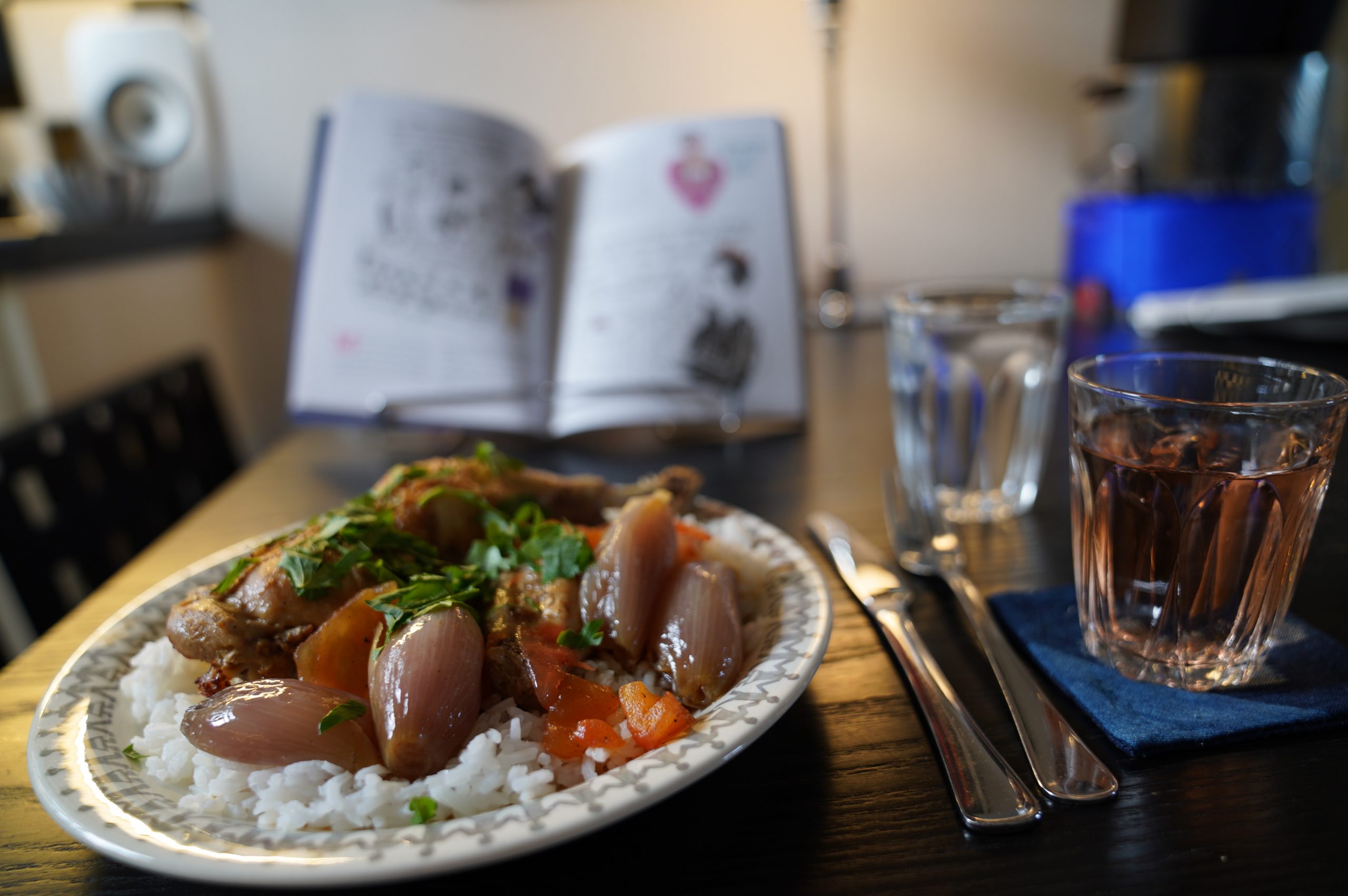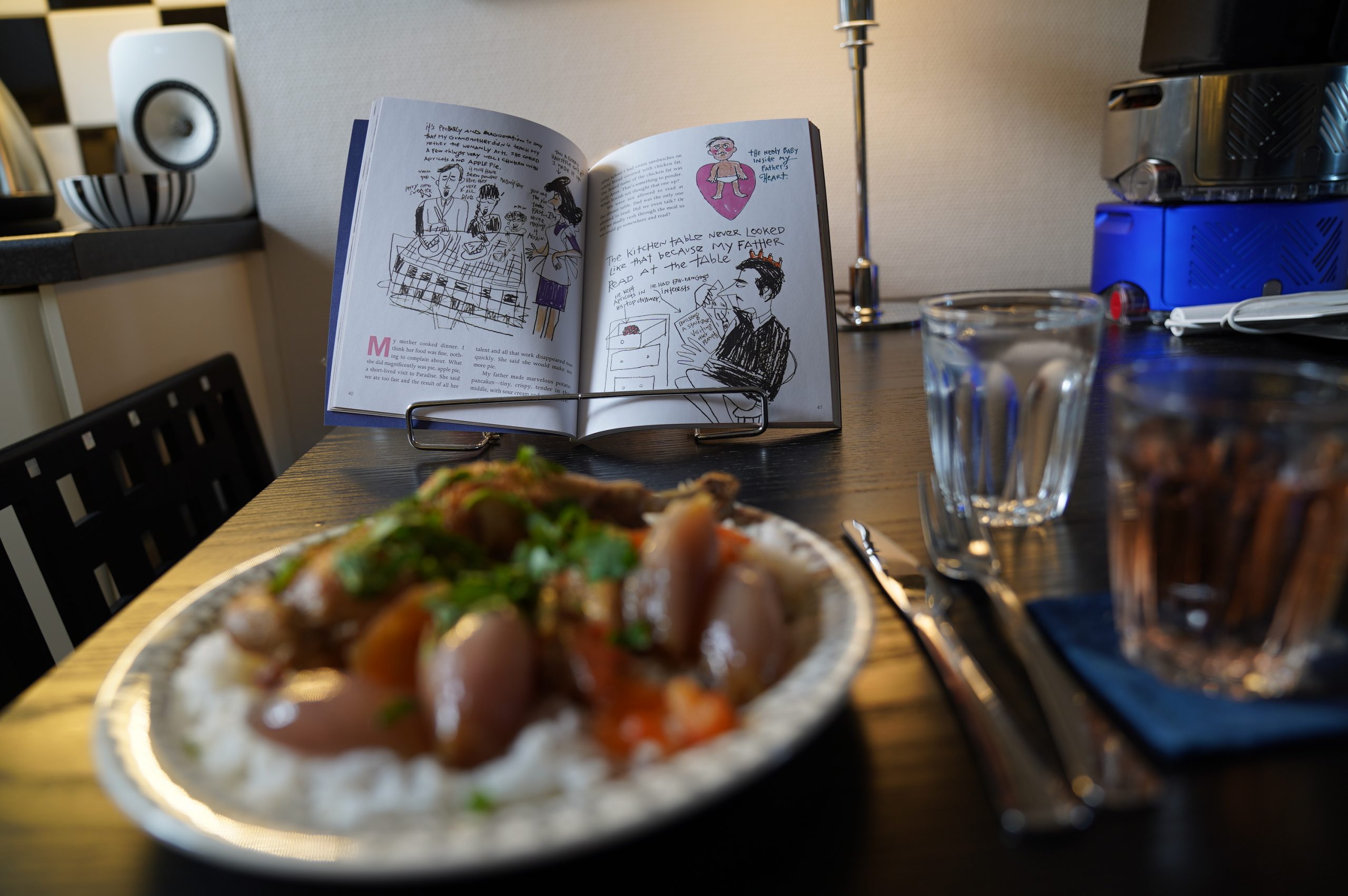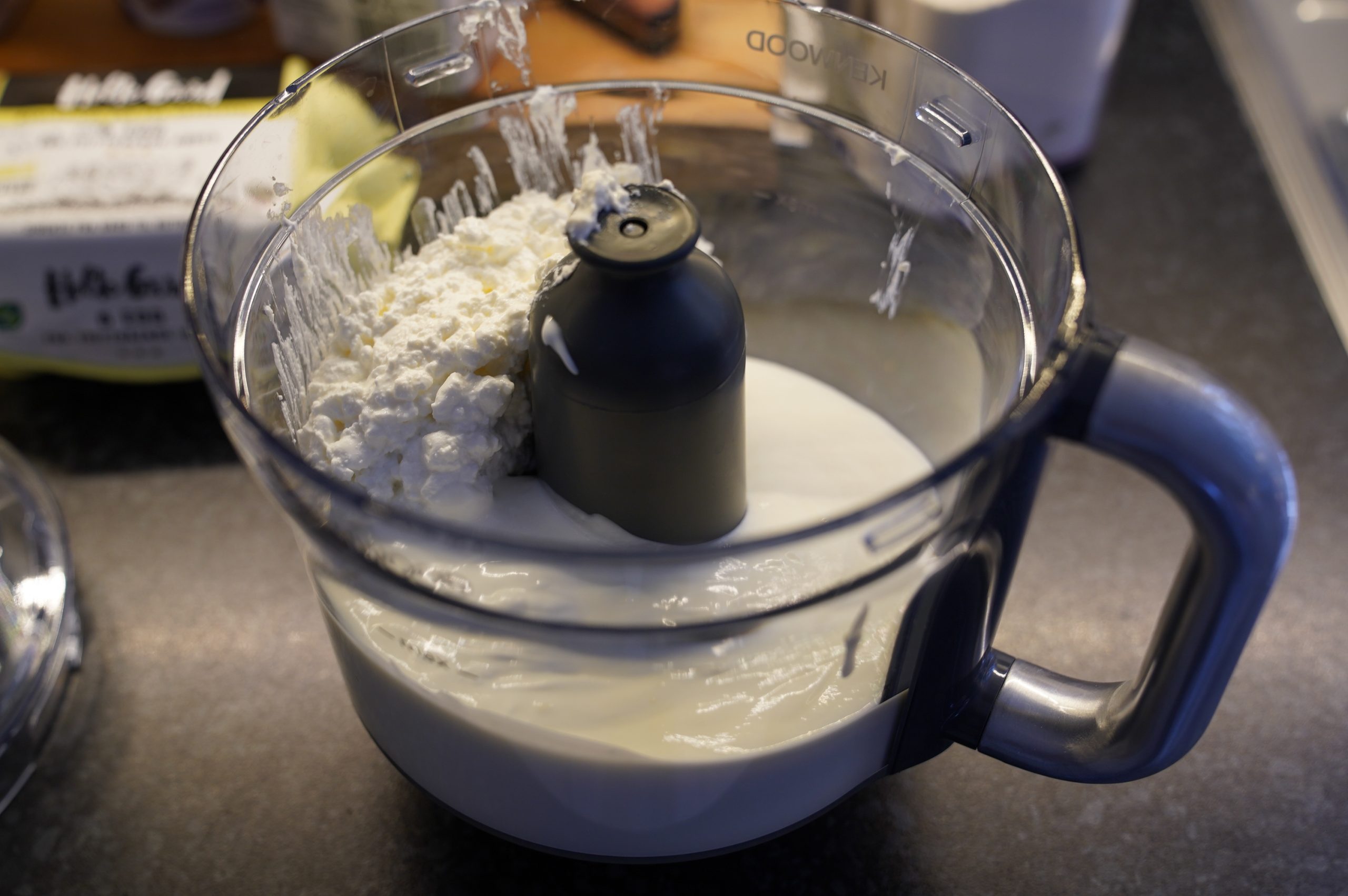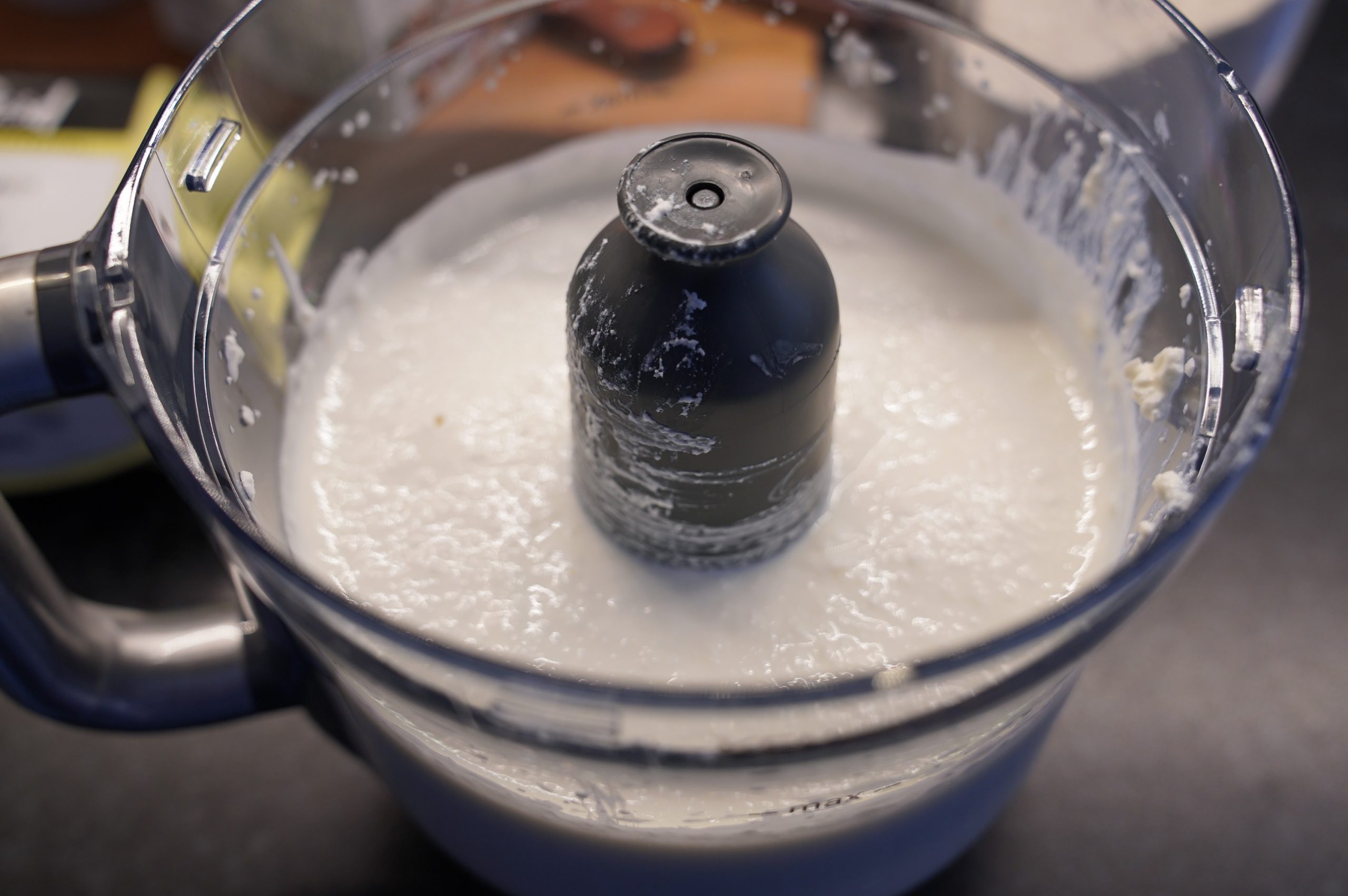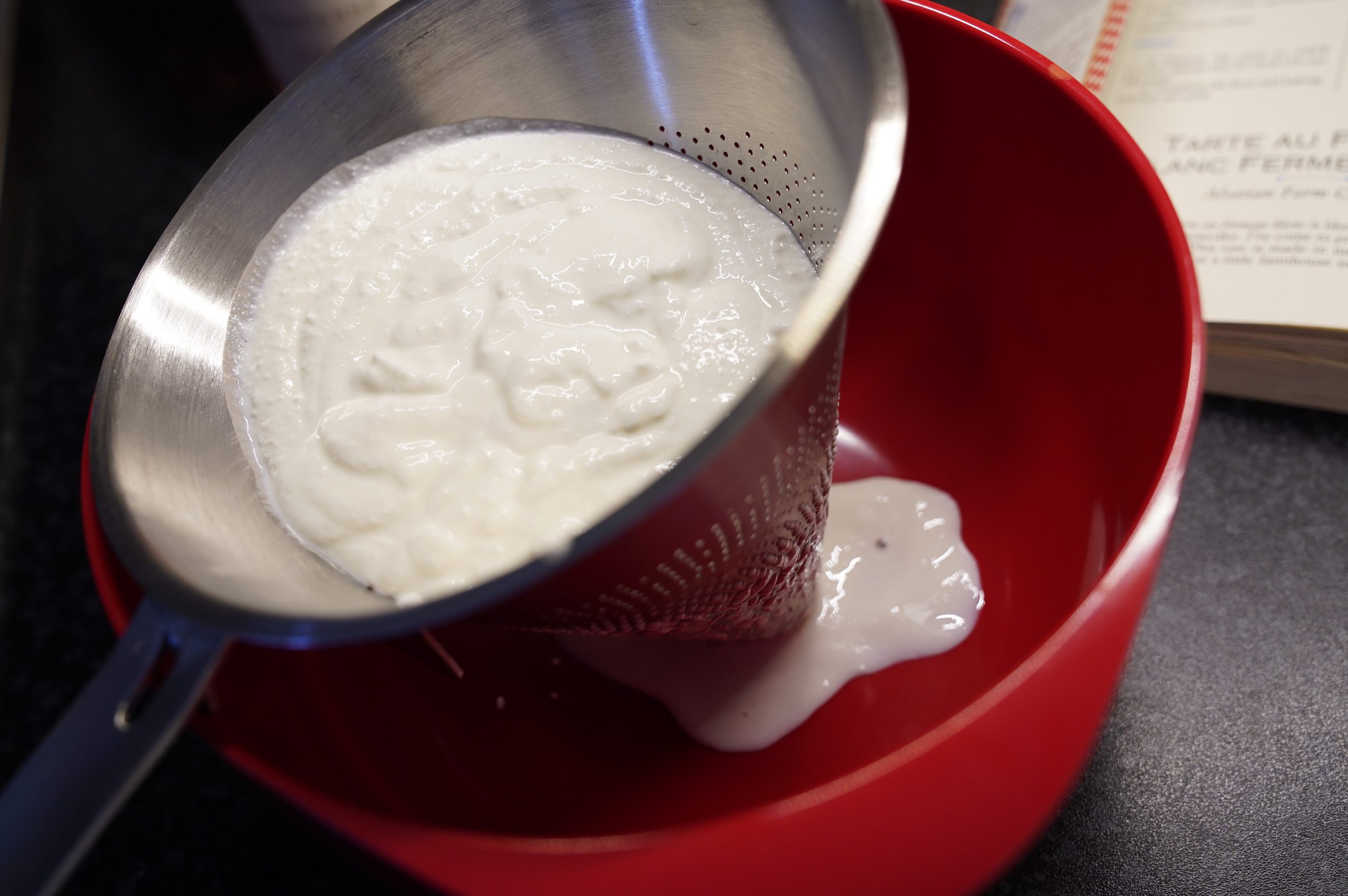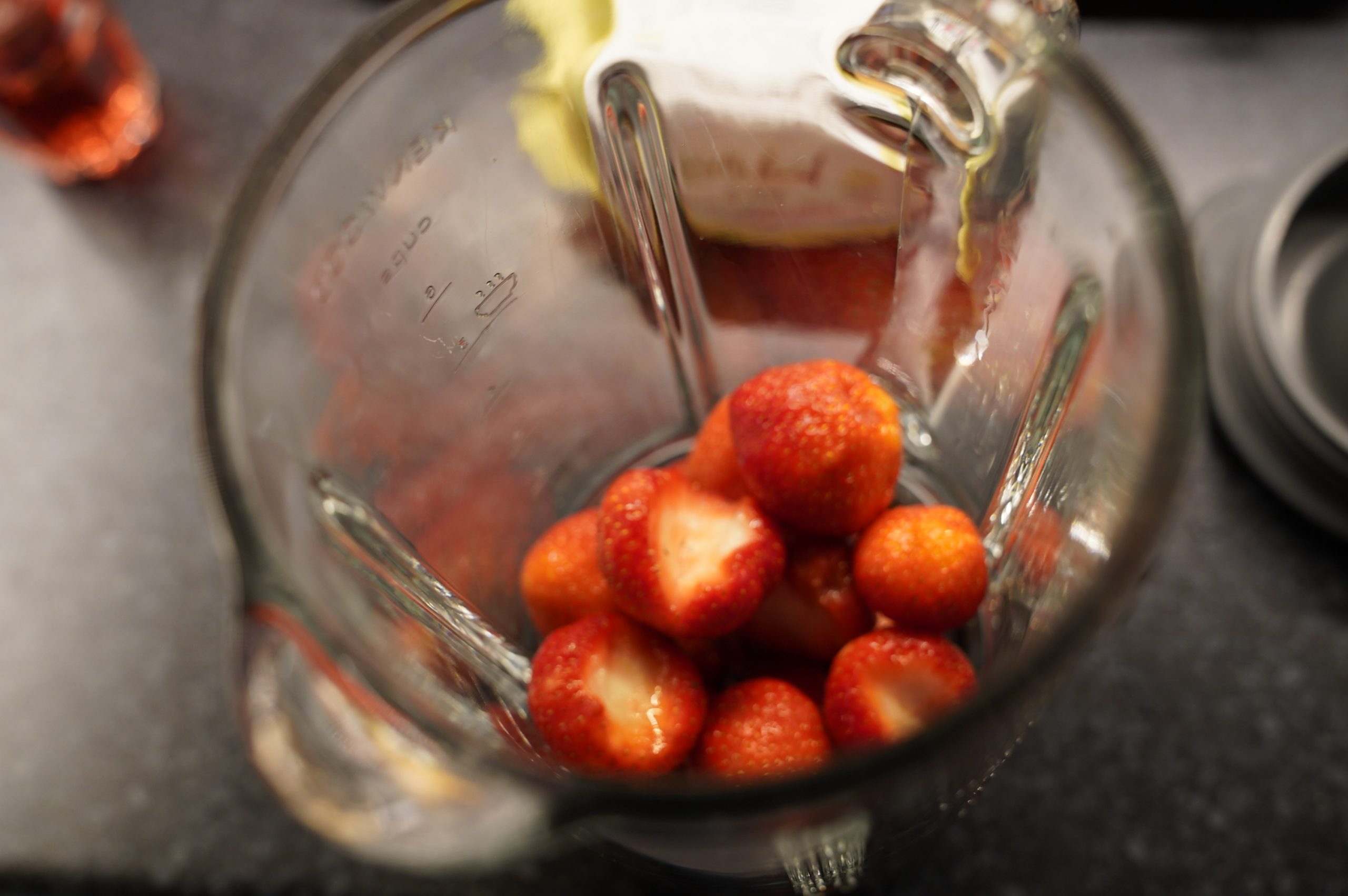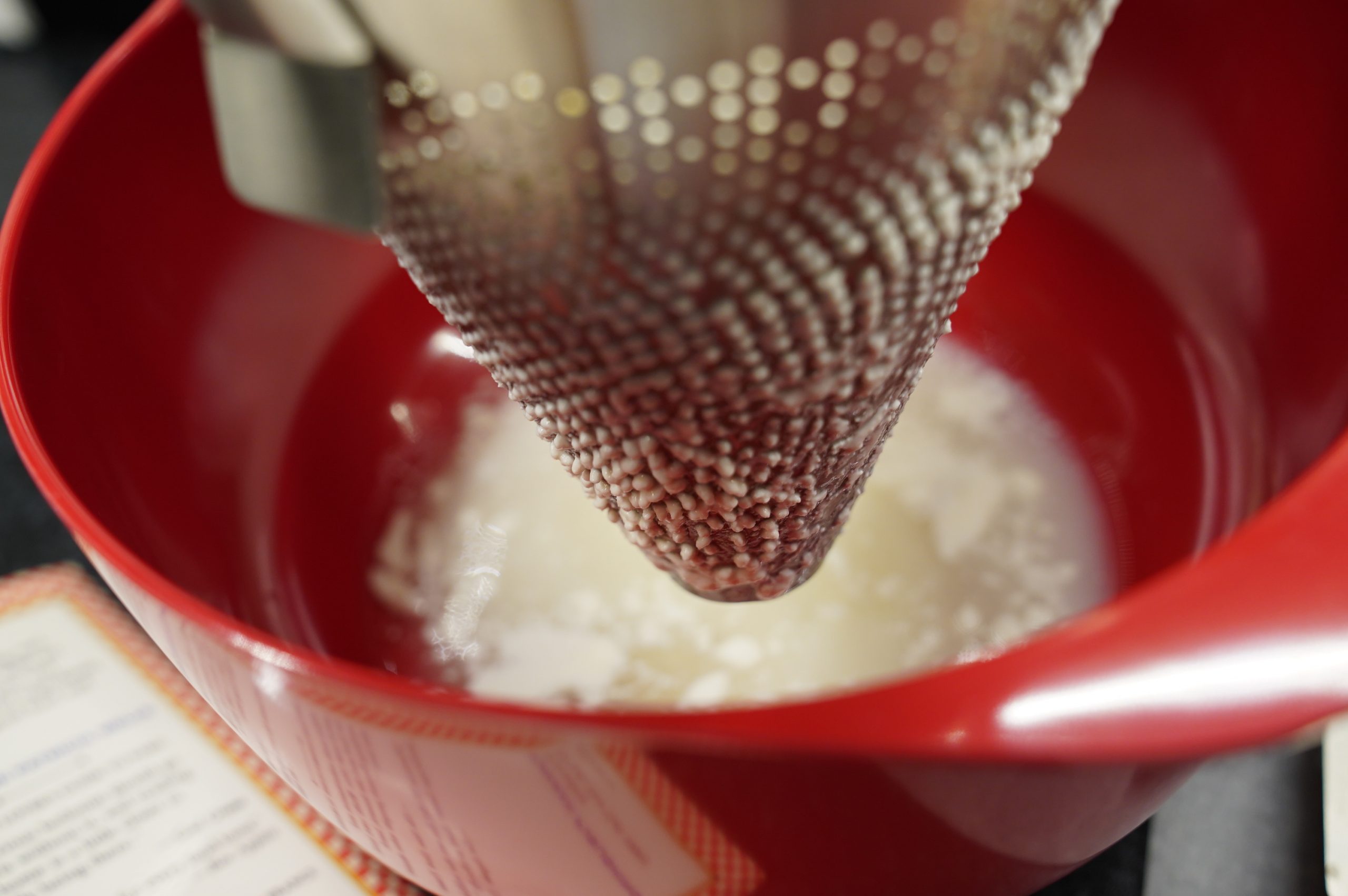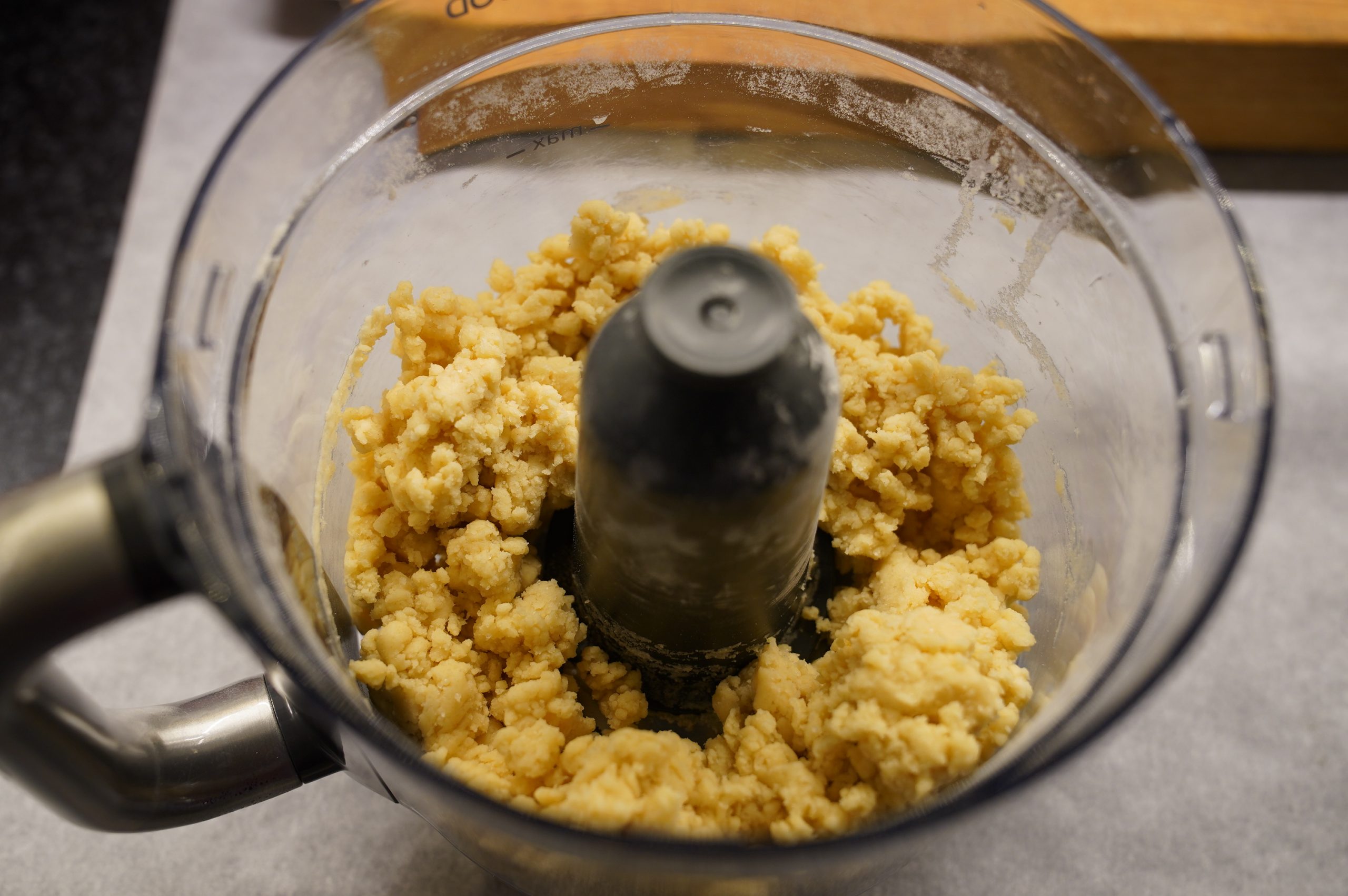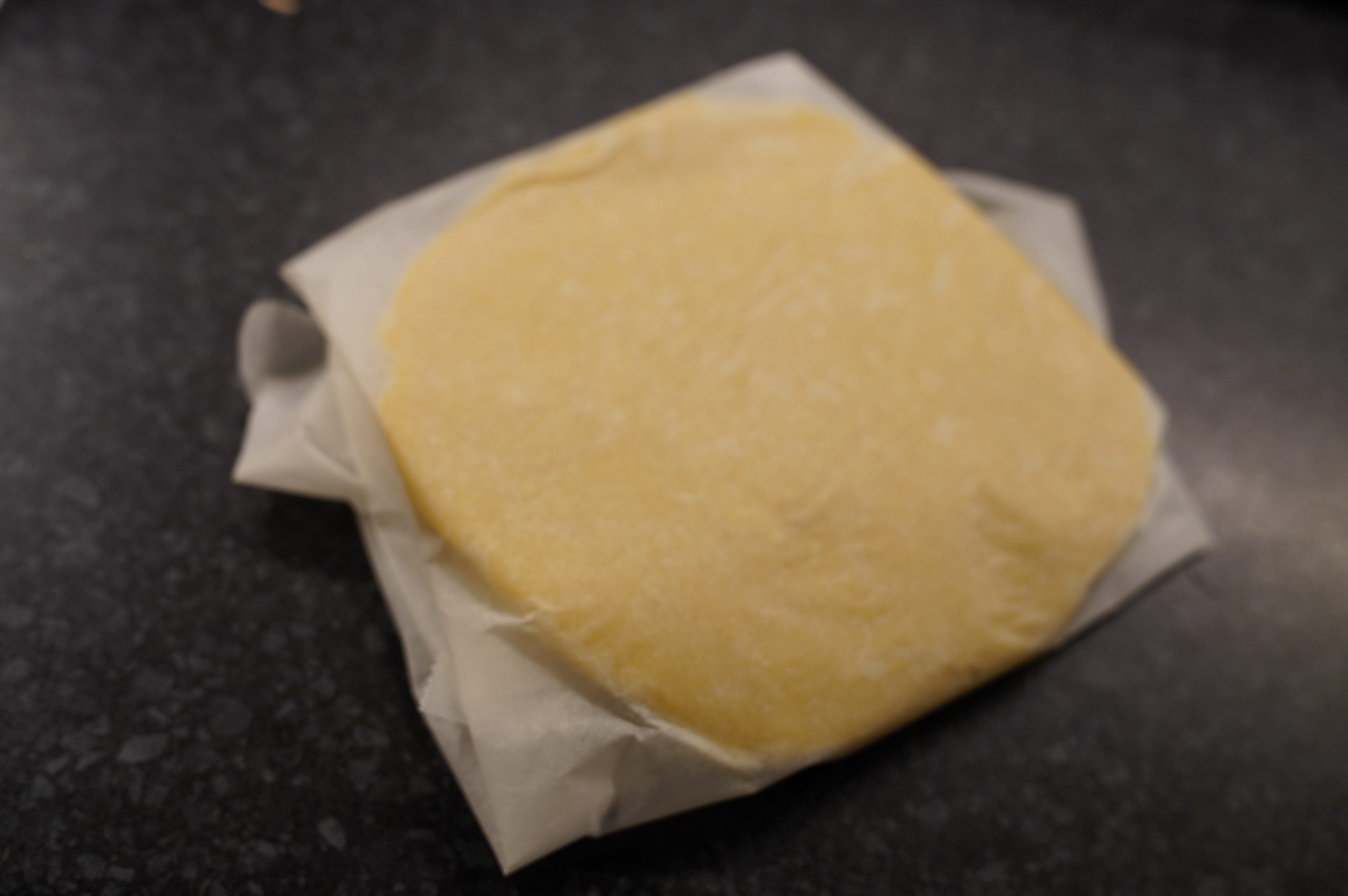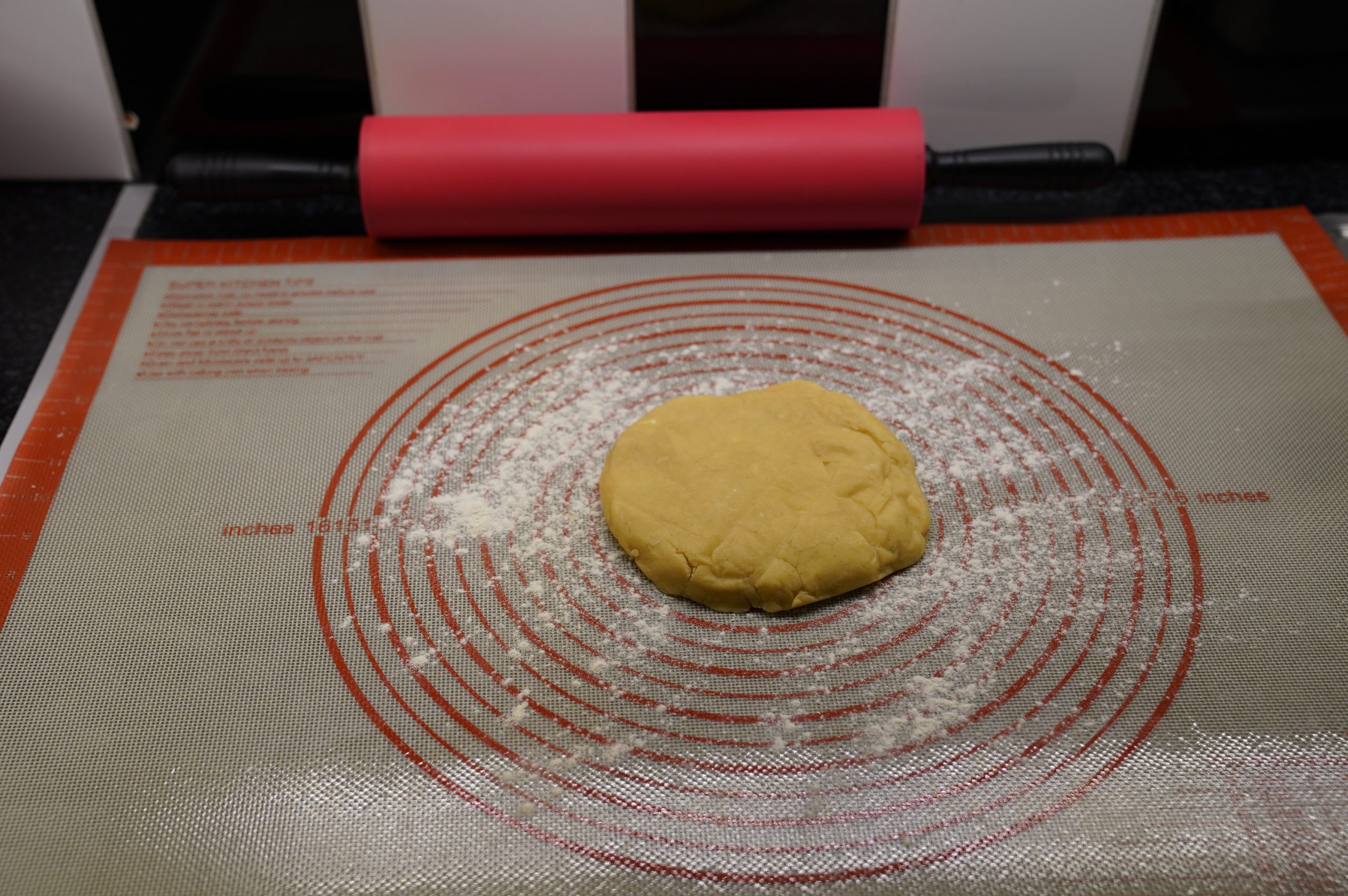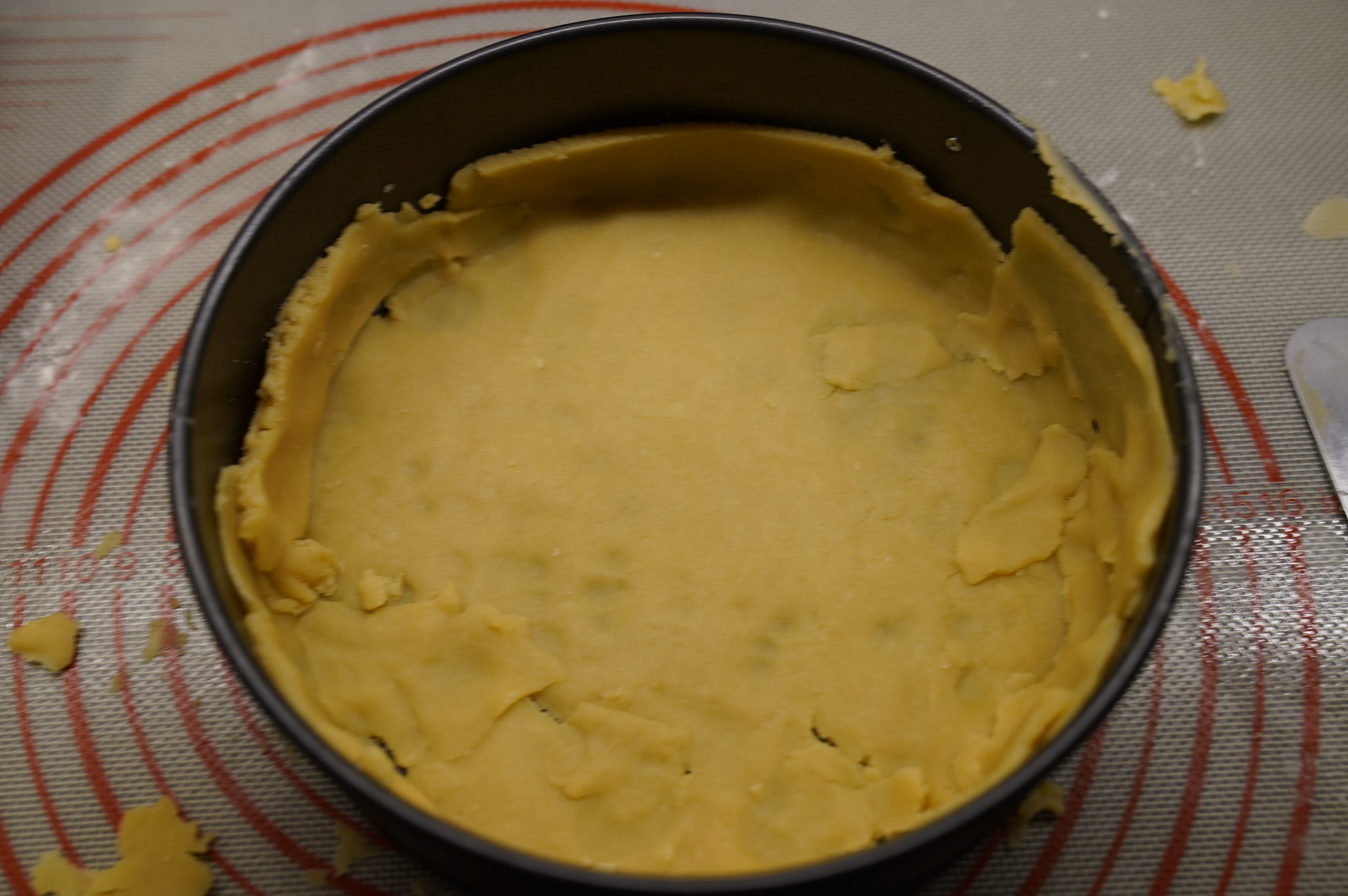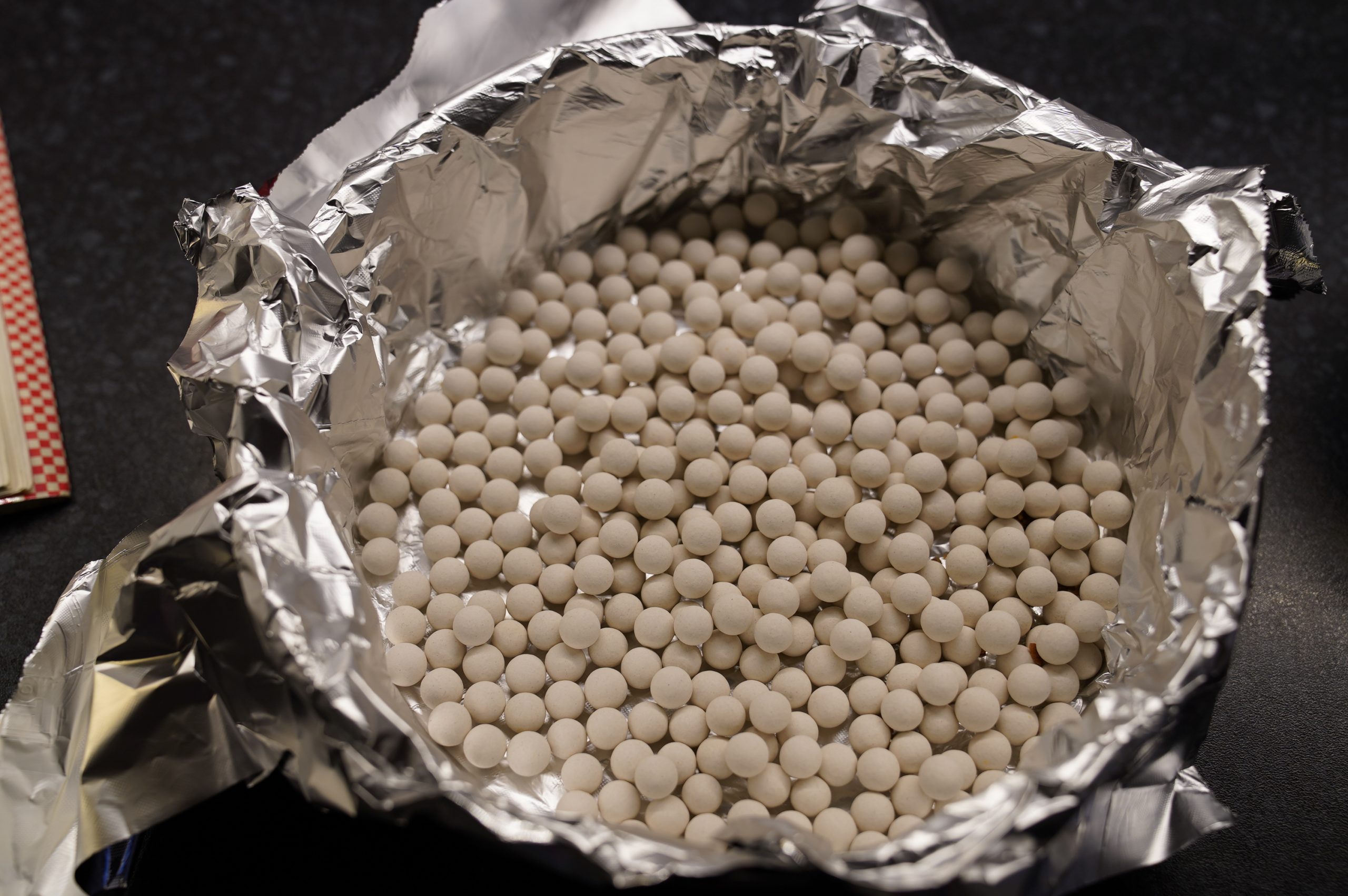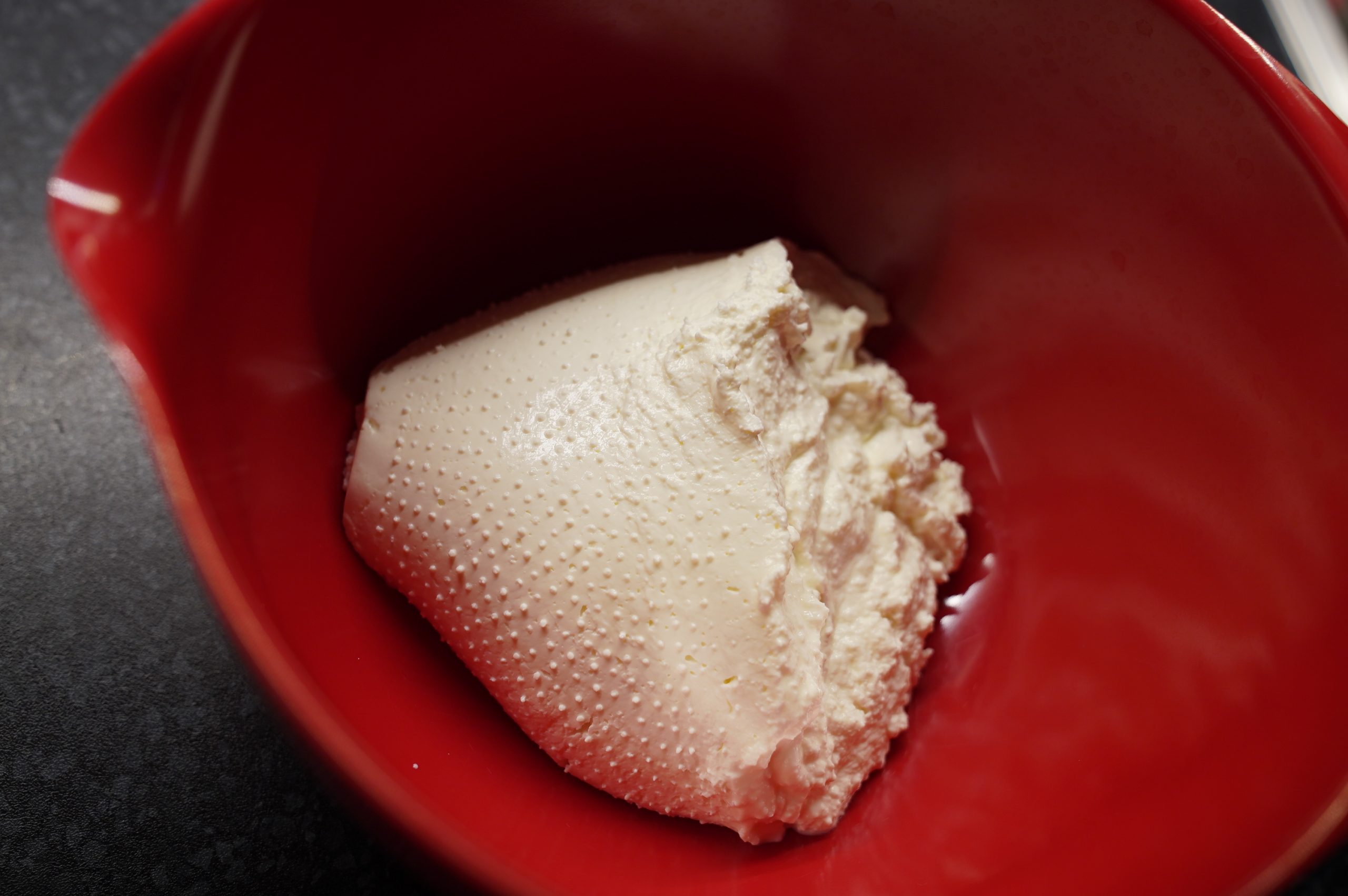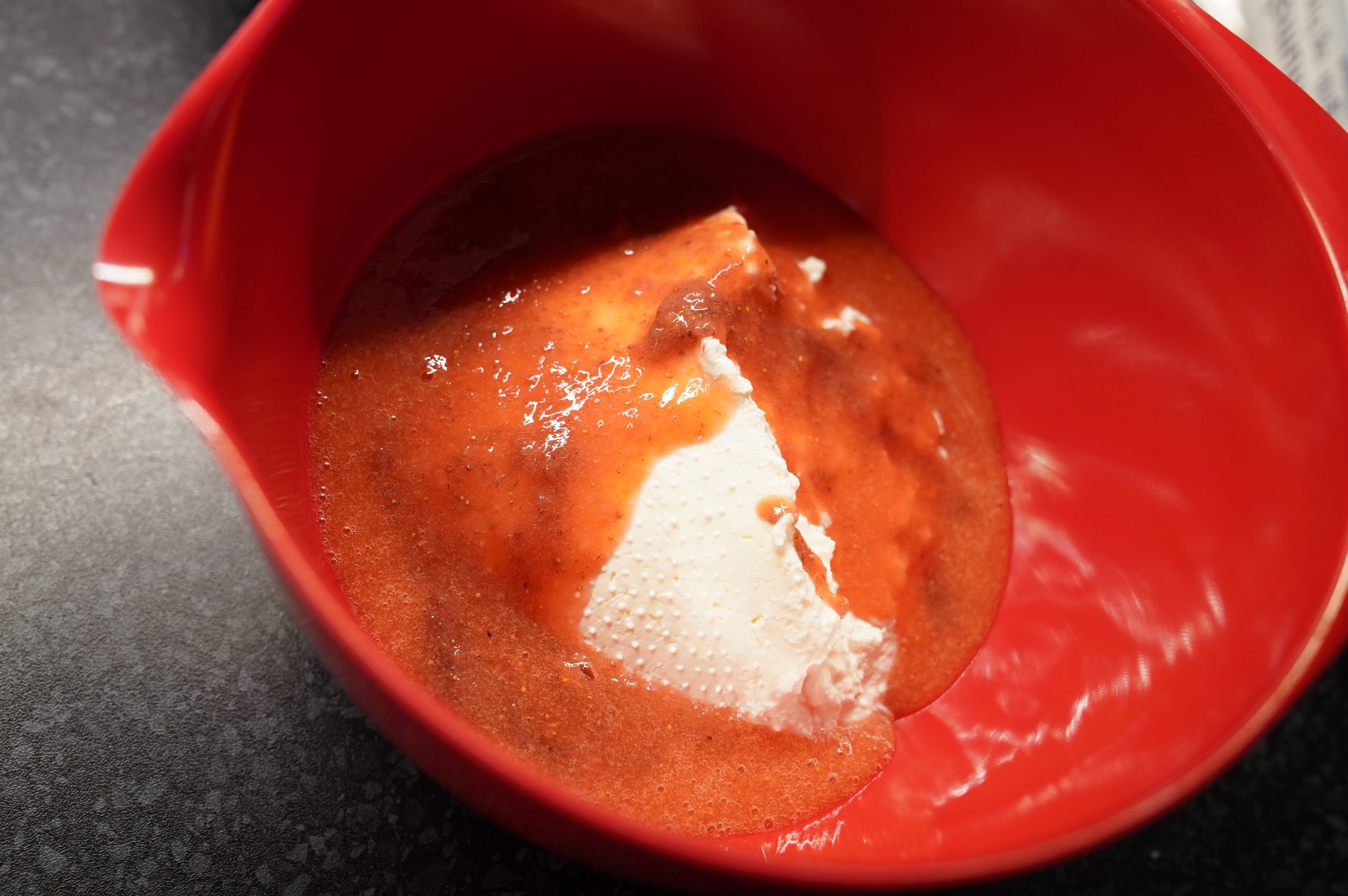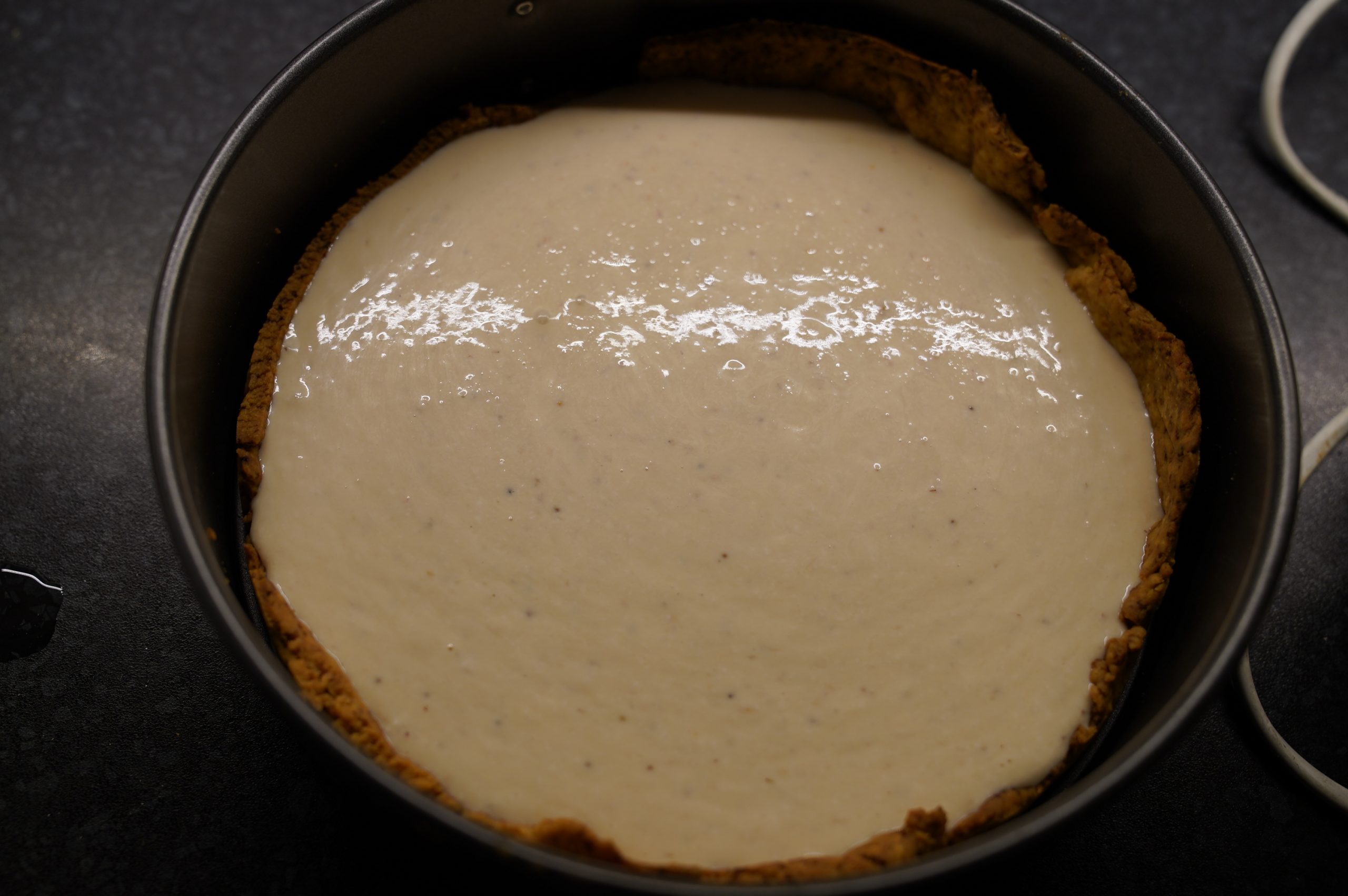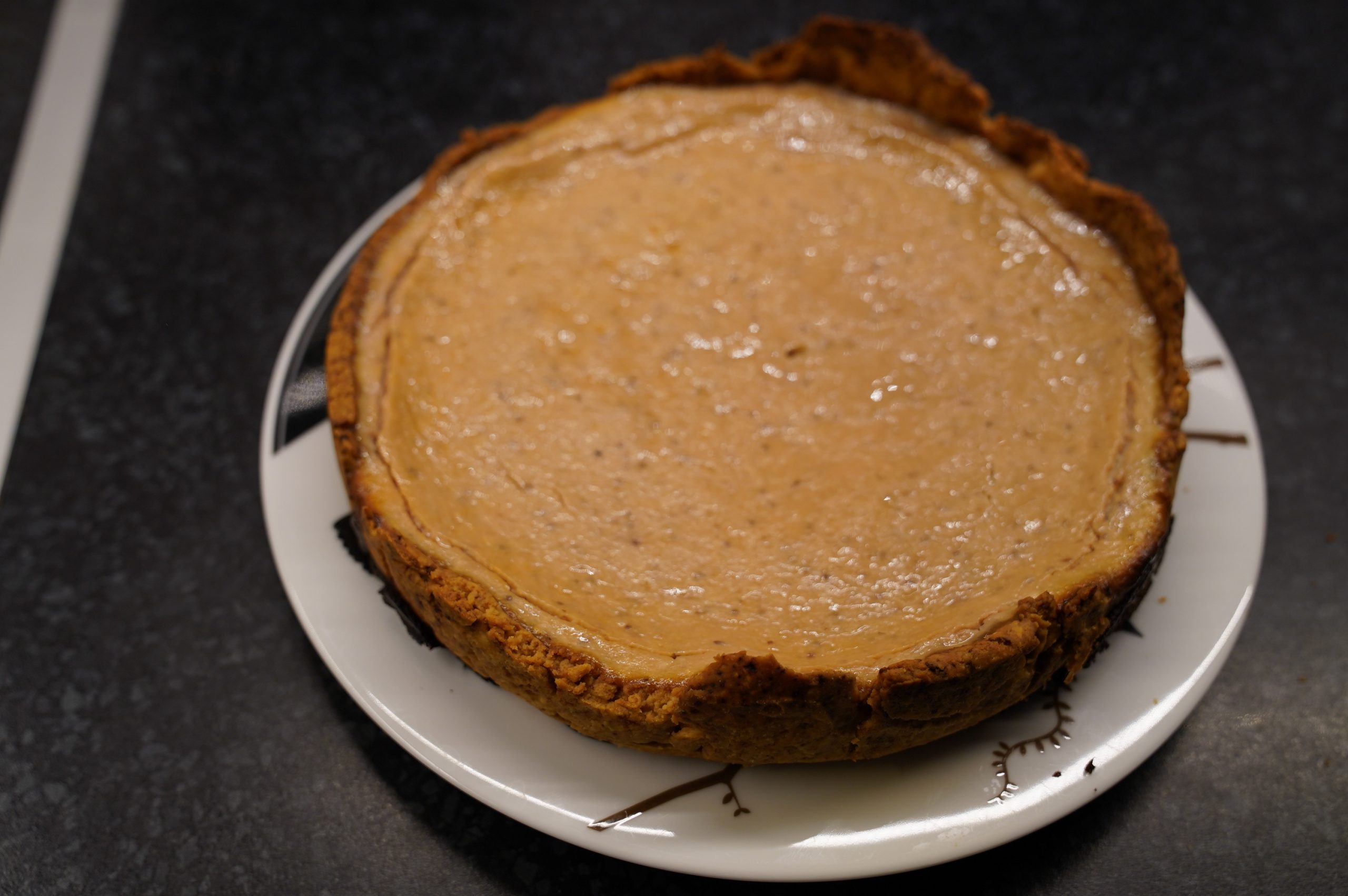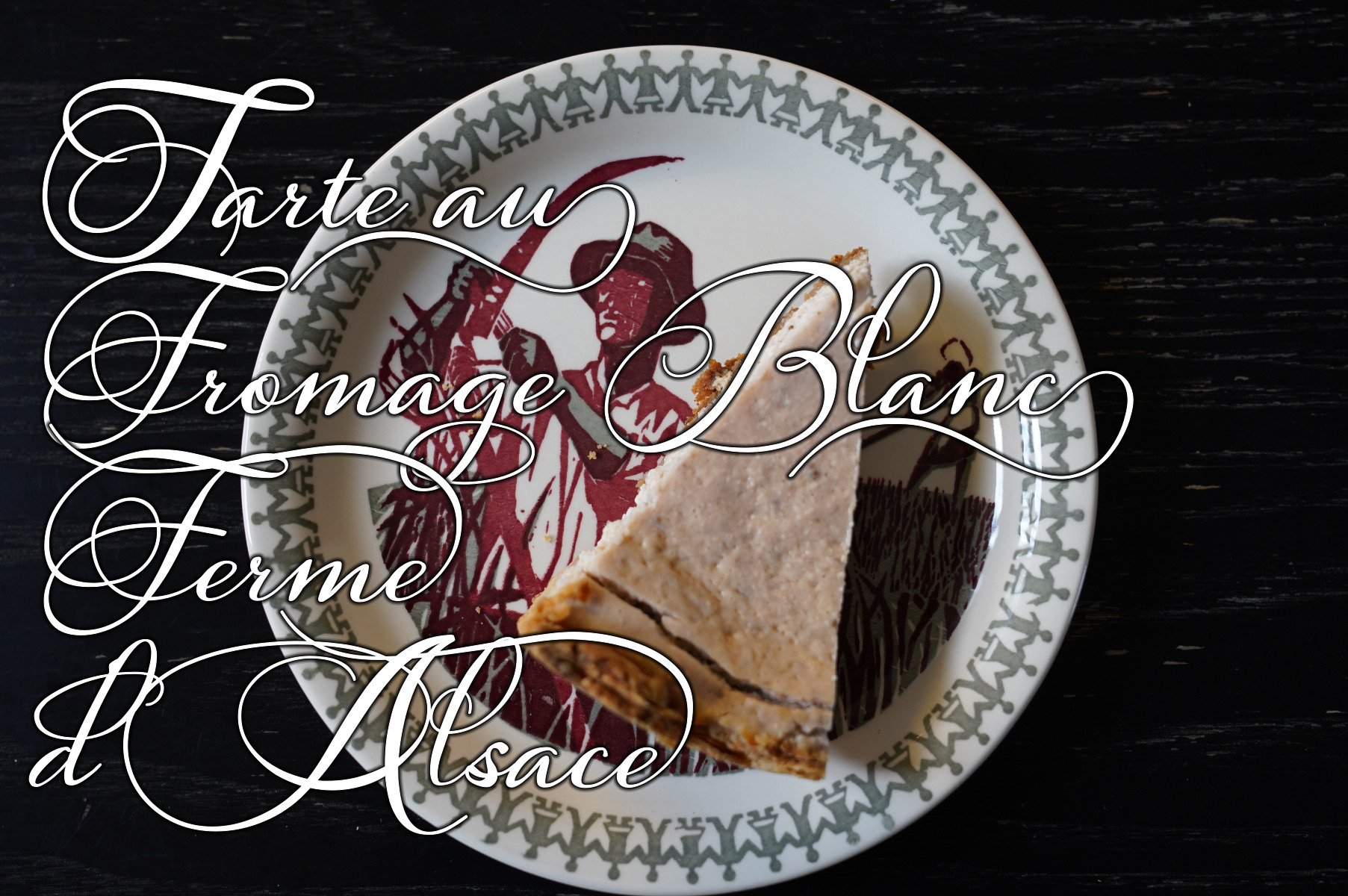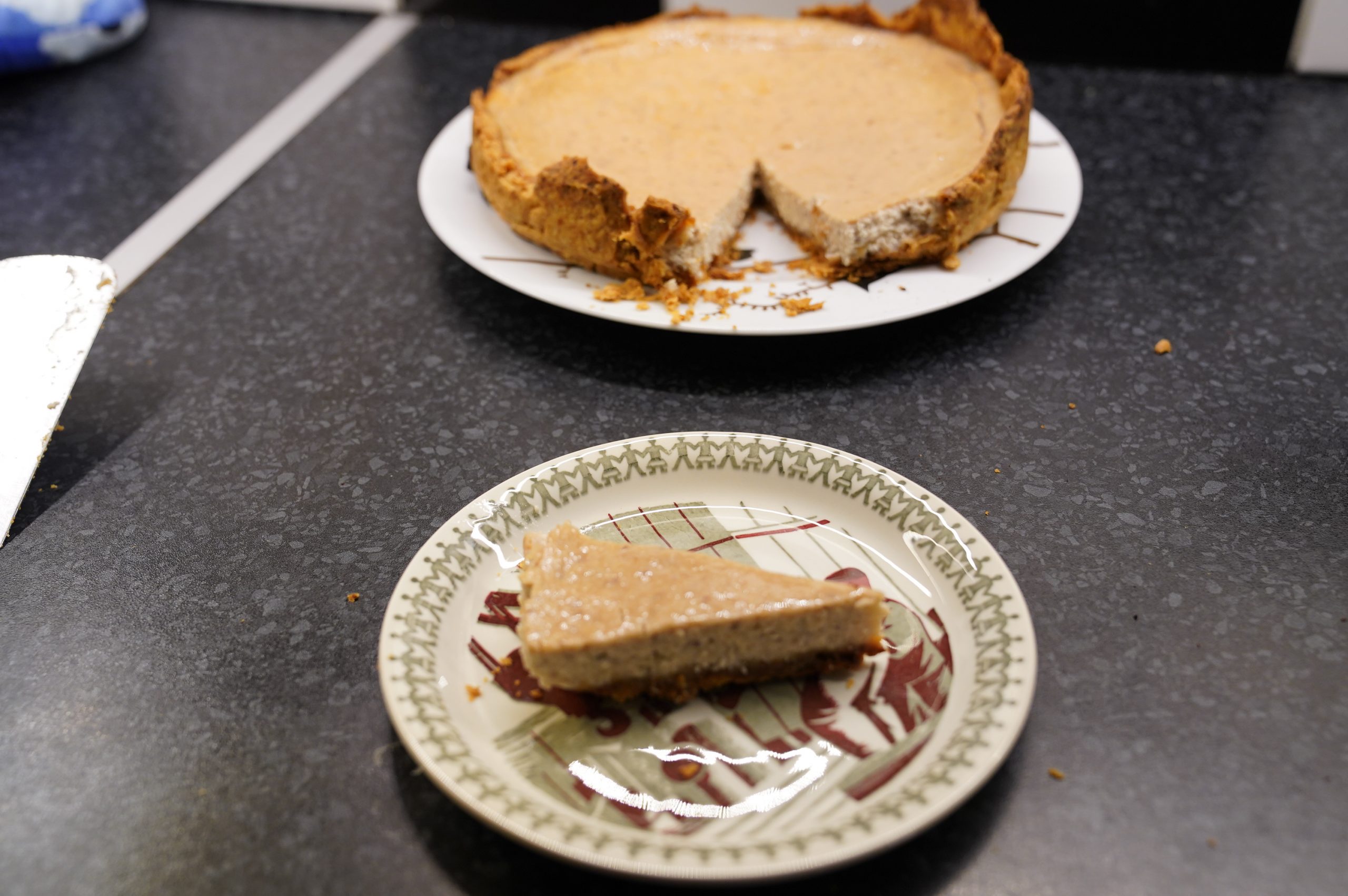Hi!
It’s been quite a while since the last chapter of this blog series… since before The Pandemic, I think? It seems like most people reacted to the thing by starting to bake and cook like crazy, but I mostly just… sat on the couch and read stacks and stacks of books. For some reason, the thought of making Real Food just seemed really unattractive to me for many months… but yesterday I pulled myself together and turned to the next chicken dish in the Bistro Cooking (by Patricia Wells):
The Chicken of Shallot.
Hm… that recipe looks really simple… I mean, there’s no seasoning beyond salt and pepper? I have my doubts… can something this simple be any good?
I didn’t get a whole chicken this time, but instead a bunch of chicken pieces. Because I’m just like Lauren Walker:
Me too!
So there’s a lot of shallots in this dish… the recipe calls for 60 shallots, and since I’m halving the recipe, I bought 30… and then I saw the recipe say “60 shallots, approx 400g”. 400g is ten of the shallots I bought! Did they have really small shallots back in the olden days (i.e., the 90s, when the book was written)?
So now I have to find something else to do with the other two bags…
Anyway, first the chicken pieces are cooked over high heat to get some crispy skin.
Then the shallots (and garlic) into the pan…
… and then the chicken bits back again…
… and then cook for 20 minutes.
So while that’s cooking, let’s select a book:
We’re getting towards the end of this blog series? There’s only five more books to go! *gasp*
Today’s book is by Nicole Hollander, best known for her wonderful, fabulous Sylvia strip series. I love it to bits: It’s graphically unique and gorgeous, and it’s hilarious.
But… this is a memoir? Let’s read the first few pages:
Hm. OK… it’s photos and illustrations, but it’s mostly Hollander talking about her childhood. And… it’s not… it’s not hilarious. Instead it’s just oddly repetitive. And I don’t mean just what you see on the spread above (where you have an illustrated version of a conversation that’s then reproduced, verbatim, in the main text), but that Hollander will do things like mention a sort-of brother, and then mention him again, and then a couple pages later explain what’s up with the sort-of brother.
Now that I’m writing it like that, I’m kinda making it sound like Hollander is going for a discursive writing style where that kind of spiralling conversational pattern would be natural (for some people), but it doesn’t feel that way reading this thing.
It just feels like she hasn’t even read the text herself and done even the slightest attempt at structuring, and that we’re reading the first draft of the book.
ME AM DISAPPOINT!
OK, back to the cooking:
Then I get to do something I’ve never done before: Flambé! Olé!
So I heat some cognac in a pan, and then (because I’m a wimp) I just threw the match into the pan instead of burning my fingers. I should get longer matches.
Look at it burn! I mean… look! You can almost tell!
Then that’s dumped over the rest of the stuff, and added four tomatoes, and then simmer for five more minutes.
Chop chop chop.
And then serve over some boiled white rice, and served with a rosé.
Hm…
Hm! It’s delicious! I can’t believe it! The chicken is juicy and flavourful, and has so many subtle things going on that I can’t believe it. I mean, it’s just such a simple recipe! Is it the brandy I mean cognac that’s giving it this ephemeral delicious taste?
Wow.
It’s so well-balanced and… I was totally to prepared to be disappointed, as I have been a number of times cooking from this cook book, but this is insanely good.
So how does it pair with the book? I’m not quite sure, because I couldn’t concentrate on anything than eating…
I’m so stuffed that I can’t really even contemplate dessert, which makes this recipe ideal: I can start it now and continue it tomorrow. It needs to sit 6 to 24 hours…
So it’s a cheesecake, which is something I’ve never made before.
So it’s cottage cheese and yogurt in a food processor…
And then run it until it’s smooth-ish…
… and then it’s just supposed to sit like this, at room temperature, to drain for hours and hours. How odd.
I thought the recipe just sounded to bland, so I blitzed some strawberries and drained the mash.
Speaking of draining… it actually works! The volume reduced by about a quarter, I think. I guess the point is to get a less wet mixture so that it’ll actually bake?
Oh, yeah, there’s a shell to this cake — pâte sucrée.
You just put the ingredients into a FUD professor and then blitz until it forms a dough.
And then form it into a disc.
And into the fridge for half an hour.
It got really hard! Difficult to roll…
But I sorta kinda got it to enflatten.
There! Perfect!
I thought it was strange that this goes into a spring form instead of a pie mould, but pie moulds are holey, and the cheese mixture is quite wet, so I guess it would just leak all over the place?
Anyway, it’s baked the traditional way… first blind baked for a while…
… and then without the foil for a while.
The cheese/yogurt mixture is now a lot less wet. Look at that texture!
So I added the illicit strawberries…
… and then some eggs and sugar and a bit of cream.
And then into the spring form.
*gasp* It baked!
And it came out of the spring form!
OK, now I see why the recipe specified trimming the edges before baking.
It’s… it’s delicious!
The crust is a bit over-baked, as you can see, but tastes fine, anyway. The texture of the cake is really nice, and the subtle strawberry flavour is really good.
I love it, and I ate four pieces straight away.
But it doesn’t really look like the most appetising thing in the world. Perhaps I should add some strawberry sauce or something…
Nah.
This blog post is part of the Bistro
Cooking & Books series.
